|
A female Northern Cardinal near feeders in Dave Jasper's yard, Portal Road, Portal Arizona, August 29, 2022. Canon R6, RF 100-500 mm lens with RF 1.4 extender at 700 mm, 1/1000 sec., f/10, ISO 1250, +2/3 EV. Processing in Adobe LR Classic and Topaz DeNoise AI. If you are a birder, late summer and early fall are a bump in the road. Identifying species is tougher. Most birds replace their feathers after breeding, a process called molting, creating some strange looking creatures. Sorting this all out is complicated by the presence of fledglings who look different to begin with, and then in many cases, molt at the same time as their parents. Ugh! This post looks at the Northern Cardinals, male and female, in Portal, Arizona during their annual molt. Also, we will see adults feeding recent fledglings. We will then finish up with one of the cardinal's cousins, the Pyrrhuloxia, also (you guessed it) molting. So, to get you ready for Halloween, let's start with the Northern Cardinal looking very different! A Reminder: This is what the male Northern Cardinal looks like in the other 11 months of the year . . . ..Canon 7D Mk II, EF 100-400 mm with 1.4x III extender at 560 mm, 1/1000 sec., f/8.0 ISO 1000, +2/3 EV. The Northern Cardinal is one of the most reconizable birds in North America, and the mascot for many sports teams. Nevertheless, to refresh your memory, here are two images of adult male Northern Cardinals in full plumage. The image above was taken at Bob Rodrigues' feeders in Portal, AZ, May 2018, The image below was captured at Tony Battiste's Bed Breakfast and Birds in February of this year. Note that cardinals only molt once a year after breeding and the males keep their bright red plumage all year long, making them a favorite at winter feeders in the snowy northern climes. The male is red with black on the face surrounding an orange bill with fairly straight culmen (the inner part of the bill). Canon R6, RF 100-500 mm at 500 mm, 1/800 sec., f/7.1, ISO 200, -1 EV. But in August, after breeding, the molting begins . . . .Canon R6, RF 100-500 mm lens with RF 1.4 extender at 700 mm, 1/1000 sec., f/10, ISO 25,600, +2/3 EV. Editing in LR Classic with Topaz DeNoise AI. This male has probably already replaced feather for feather the contour feathers covering the body, as well as the flight feathers, but the crest has not come in to completion yet. The white specs are sheaths for the new feathers. All images captured at Dave Jasper's feeders. Cardinals like peanut butter! Canon R6, RF 100-500 mm lens with RF 1.4 extender at 420 mm, 1/400 sec., f/10, ISO 6400, +2/3 EV. Editing in LR Classic with Topaz DeNoise AI. Below we see the adult male with a juvenile (recent fledgling) behind him, both molting. Note that the fledglings have dark bills at birth that turn lighter sometime in the fall after their birth. For all birds the timing of the molt is very important. For cardinals it is reasonably simple: they molt once a year after breeding when a lot of flying is not necessary, and hopefully there is a lot of food to provide energy for the molt, as they also continue to feed the hungry offspring. Note that cardinals are year round residents and do not migrate.
The Juveniles, not long out of the nest, also molt . .Canon R6, RF 100-500 mm at 500 mm, 1/1000 sec., f/7.1, ISO 102400, +1 EV. Editing in LR Classic with Topaz DeNoise AI. This was shot at 5:55 pm as the afternoon light was fading fast. Above is a juvenile with a dark bill. This is likely a male, with red coming in on the breast. I believe the image below is of the same bird. They were captured at Dave Jasper's feeders within 4 seconds of each other, close to 6 pm on August 25th. The fledglings grow one set of feathers in the nest, then molt at the end of the summer. The image below was captured a day later, in the same spot, shortly after 4 pm. This punky looking juvenile Northern Cardinal is in the middle of his first molt. For more about plumage and molting, see Cornell Lab of Ornithology, Birds of the World. Note, this is a subscription website. Another helpful reference for the biology of feathers and molting is the Cornell Lab of Ornithology Handbook of Bird Biology. Canon R6, RF 100-500 mm lens with RF 1.4 extender at 599 mm, 1/500 sec., f/10, ISO 1250, +2/3 EV. Editing in LR Classic with Topaz DeNoise AI. And, a Female Cardinal in normal plumage for reference . . .Canon 7D Mk II, Sigma 150-600mm C at 600 mm, 1/320 sec., f/6/3, ISO 400. Before we start looking at the females in molt, let's refresh our memories on what a mature female looks like ~11 month out of the year. They have orange bills, black on the face, a buffy breast with some red on the wings, tail and at the tips of the crest. The image above was captured in Portal at the end of April 2016. The image below, a close shot to show detail of the bill, face and crest, was taken at Patagonia State Park in February 2018. Canon 7D Mk II, EF 100-400mm at 400mm, 1/640 sec., f/5.6, ISO 1600. And, then in August, "What happened to my crest!"'Canon R6, RF 100-500 mm at 428 mm, 1/1000 sec., f/6.3, ISO 102400, +1EV. Whoops! The crest is gone! The crest feathers are the most obvious, and the most noticeable when they are gone. We know this is a mature bird by the orange bill. The black feathers around the bill are duller, and we can see feather sheaths. There are some reports that cardinals try to hide when molting. I doubt that this is backed up by data! While molting they are busy looking for food to sustain their molt, as well as feeding and caring for recent fledglings. So not time to go out! Dave Jasper's feeders provided a safe refuge and unending food supply for these hungry birds. Below, this mature female appears to be hiding behind a rock! To the credit of the Cornell Lab, Merlin Bird ID identified this photo as belonging to the Northern Cardinal. Canon R6, RF 100-500 mm lens with RF 1.4 extender at 700 mm, 1/1000 sec., f/10, ISO 1250, +2/3 EV. Processing in Adobe LR Classic and Topaz DeNoise AI. Shot at 11 am. A Female Deals with Molting and a Hungry Kiddo . . .Canon R6, RF 100-500 mm lens with RF 1.4 extender at 700 mm, 1/1000 sec., f/10, ISO 12800, +2/3 EV. Processing in Adobe LR Classic and Topaz DeNoise AI. On the right we see an adult female, and on the left most likely a female fledgling, with a dark bill that is turning lighter at the edges. Below are images of a female cardinal bringing food to a begging juvenile. In the sequence below, mom seems to detect something is amiss on her daughter's head, and bends down to make it right. Mom's won't stop fussing over the young, be it with their bill or a wet Kleenex! And also in the Cardinal Family, a Pyrrhuloxia. Let's start with an Adult Male in Full Plumage in Hereford, February 15, 2022.Canon R6, RF 100-500 mm lens at 500 mm, 1/2000 sec., f/9, ISO 1000, +1/3 EV. Processing in Adobe LR Classic. Above is a photo of an adult male in Hereford in February, 2022, in his usual plumage. In contrast to cardinals, Pyrrhuloxia have yellow bills (not orange) and a curved culmen (the inner edge of the bill) that looks like a nut-cracker. The feathers around the bill are red and not black, the feathers on the back are gray, and the crest is tipped in red. If GQ had a edition for birds, Pyrrhuloxia would be named best dressed! For more on the differences between cardinals and pyrrhuloxia see Patagonia Arizona, February 2018. And, in August, in the middle of a molt . . . OMG!!!Canon R6, RF 100-500 mm lens with RF 1.4 extender at 700 mm, 1/1000 sec., f/10, ISO 3200. Processing in Adobe LR Classic and Topaz DeNoise AI. This looks like a mystery bird from a sci-fi movie until we spot the angled culmen characteristic of this species, as we can also see in the lead photo from February. We can also guess that as the feathers come in and the crest is restored, this will be a good looking male Pyrrhuloxia. And for completeness, an adult female in normal plumage.There may have been female Pyrrhuloxia at the feeders, but I did not identify any. Here is an adult female from Patagonia in March of 2019 for completeness. That's it for our Halloween warm up!
More coming soon. Happy Trails!
7 Comments
September: The Acorn Woodpecker and the Steller's Jay Getting Ready for Winter . . . . . .9/15/2022 Steller's Jay in Summerhaven with 2 peanuts, one shelled and held in his throat, the other ready for winter storage. Canon R6 RF 100-500 mm at 343 mm, f/5/6, 1/2000 second, +1 EV. Post production in Lightroom Classic. Those who follow my blog regularly (both of you) may have noticed that my last post was at the end of July, on spring migration! Now it is September! So sorry for the delay, but August was a busy month including the Tucson Audubon Society's Southeast Arizona Birding Festival, a day trip to Mt. Lemmon for the Camera Club Tucson Trek Special Interest Group, as well as a 4 day trip to Portal AZ the end of the month. Now I am back to blogging, beginning with this post on two of our resident species in SE Arizona, the Acorn Woodpecker and the Steller's Jay. Late summer is a time when fledglings join the ranks of adults, many birds are molting creating comic confusion, and nuts are stored for the winter (literally!). So let's start with the Acorn Woodpecker going after food.
|
AuthorHenry Johnson, photographer and author of this site. For more detail, see About
Categories
All
Archives
July 2024
|
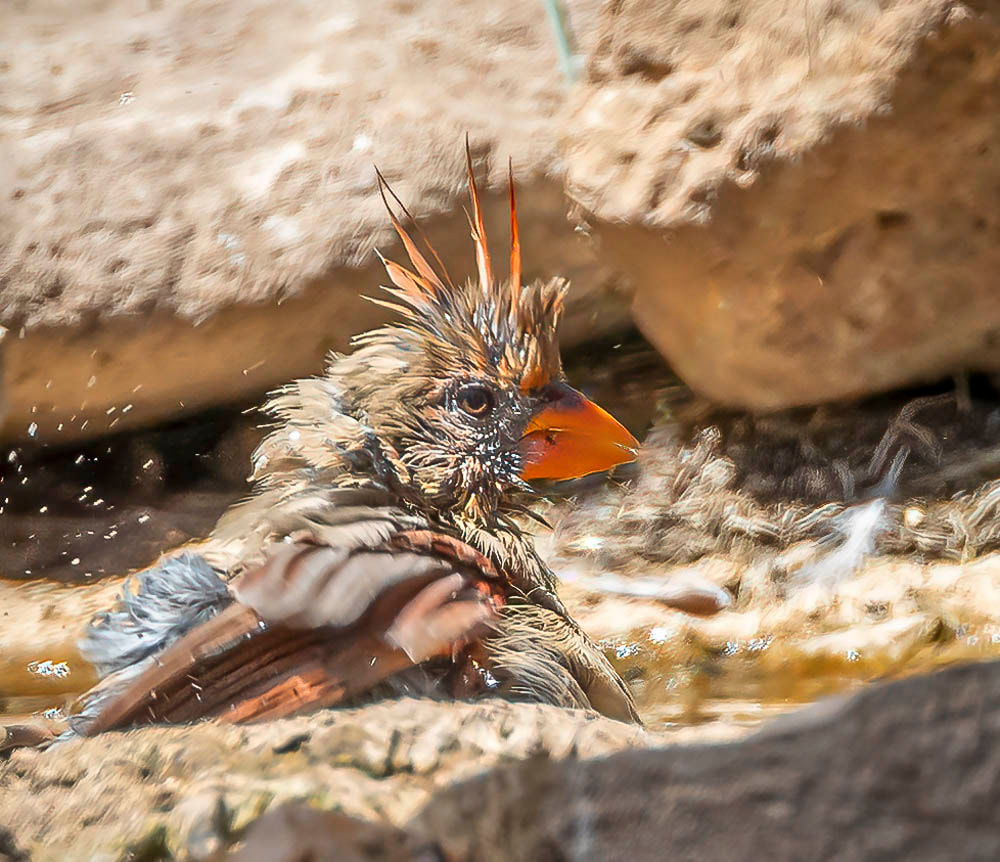
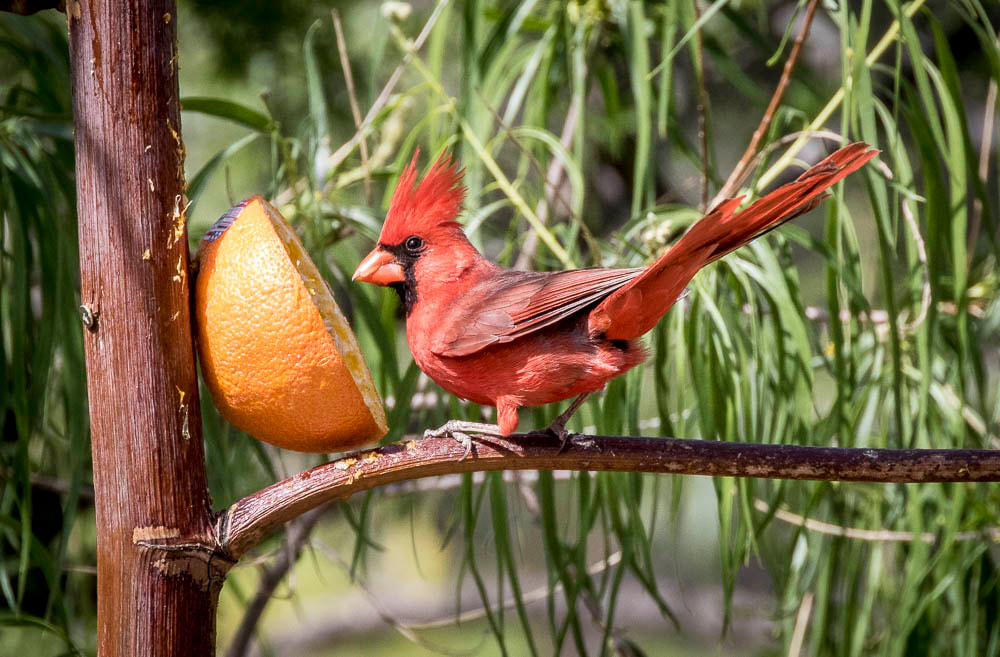
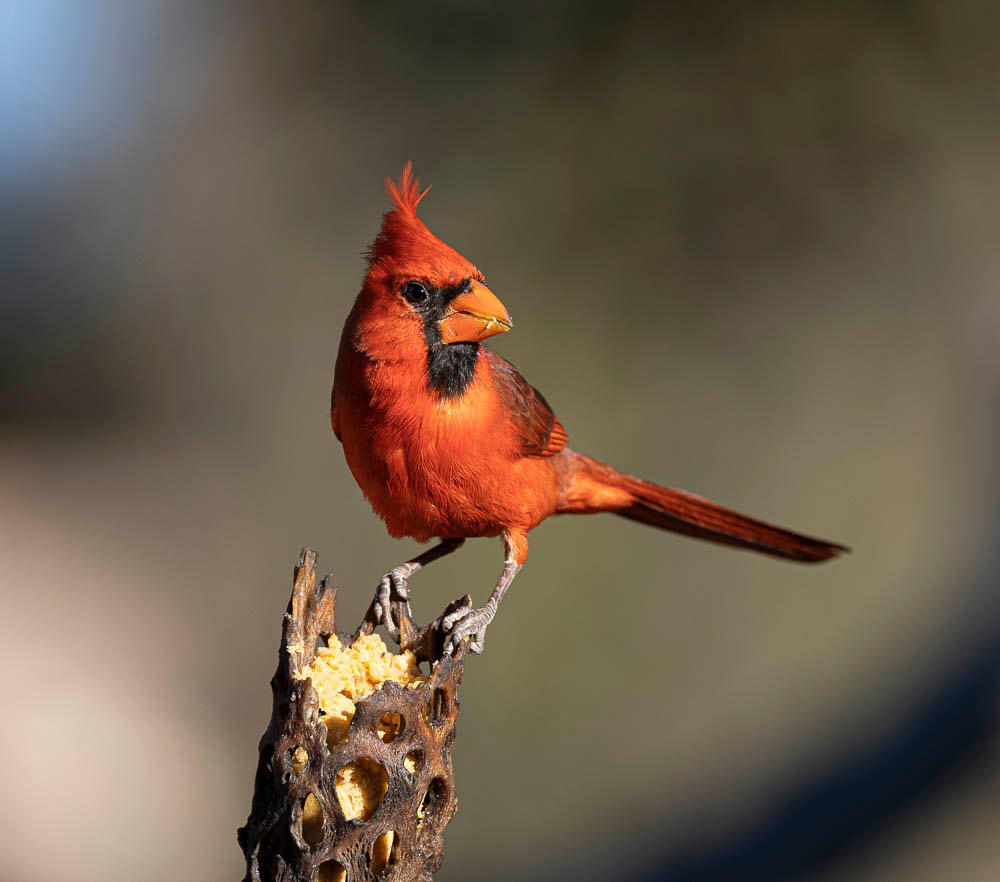
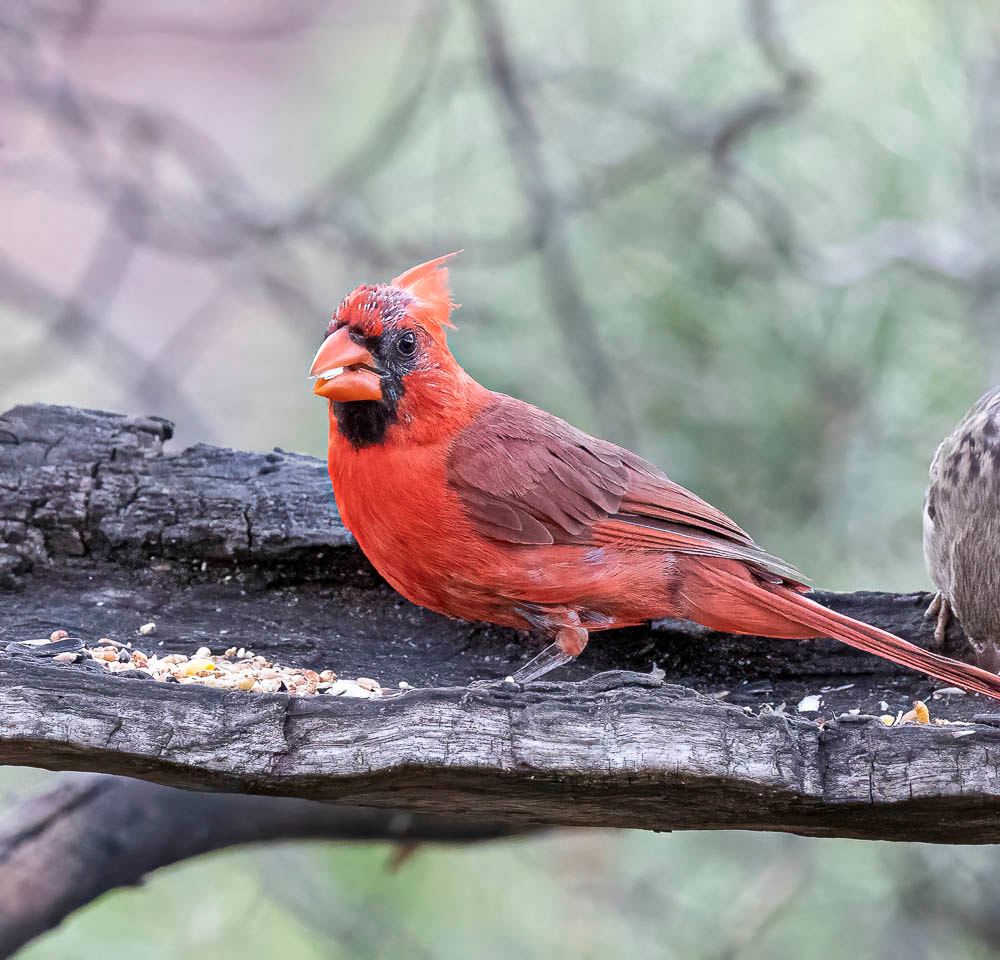
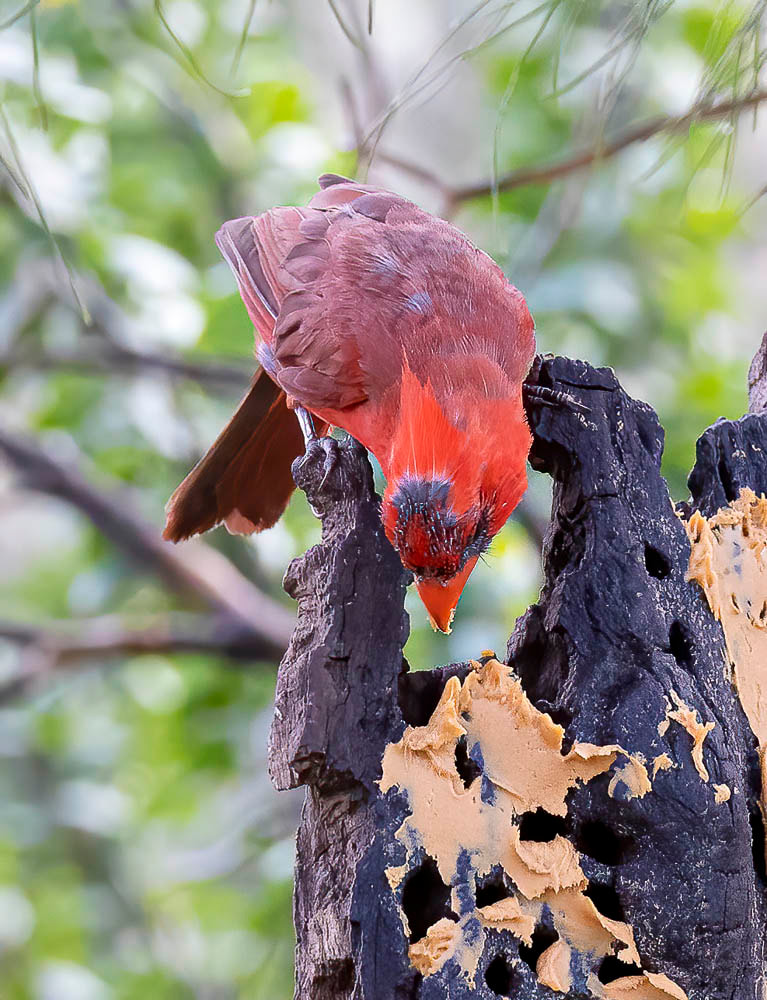
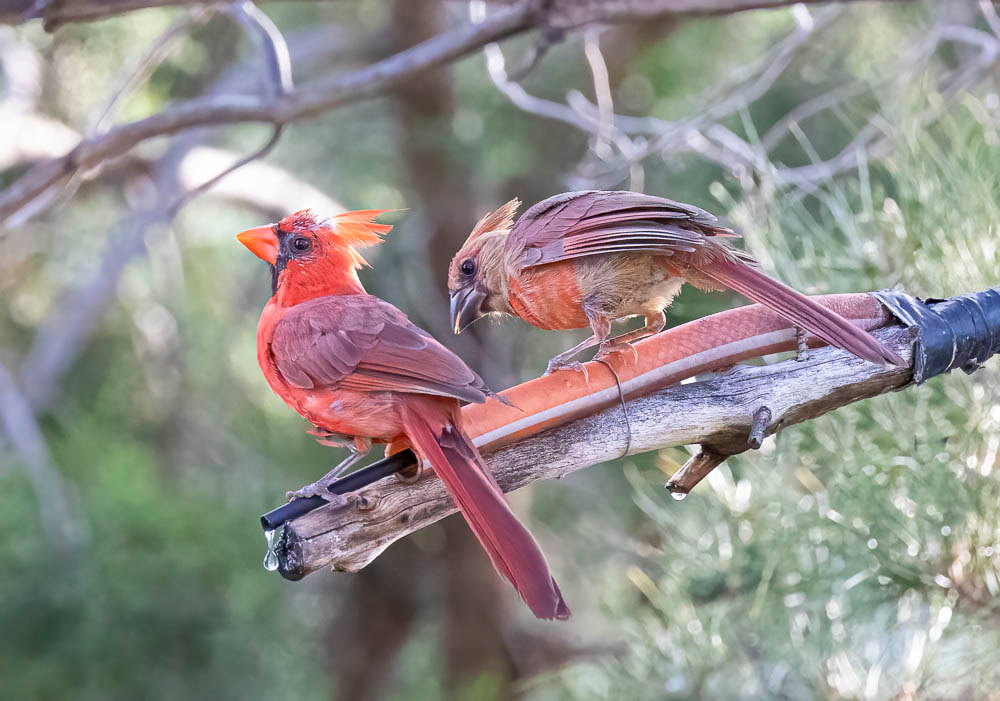
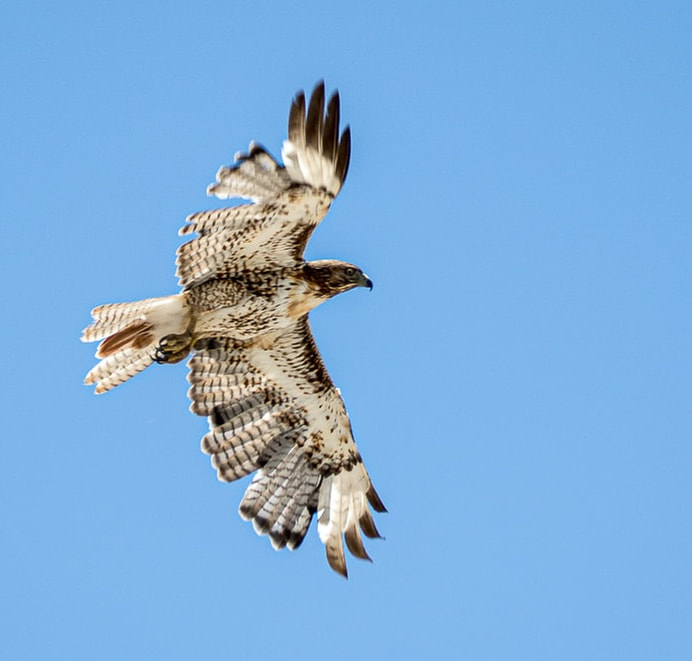

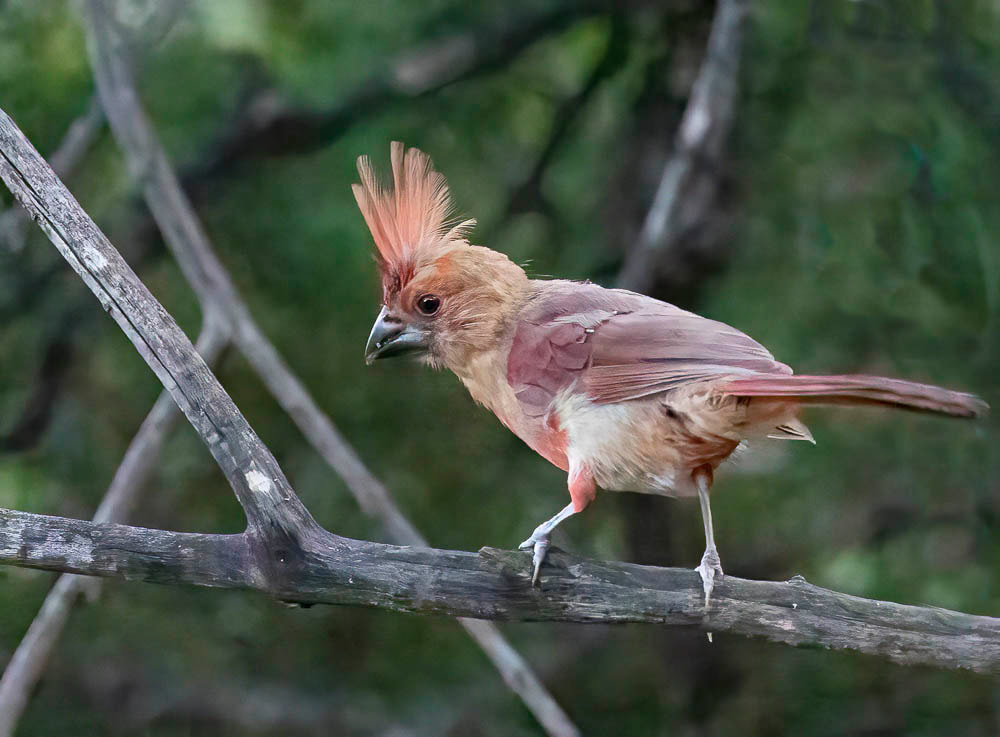
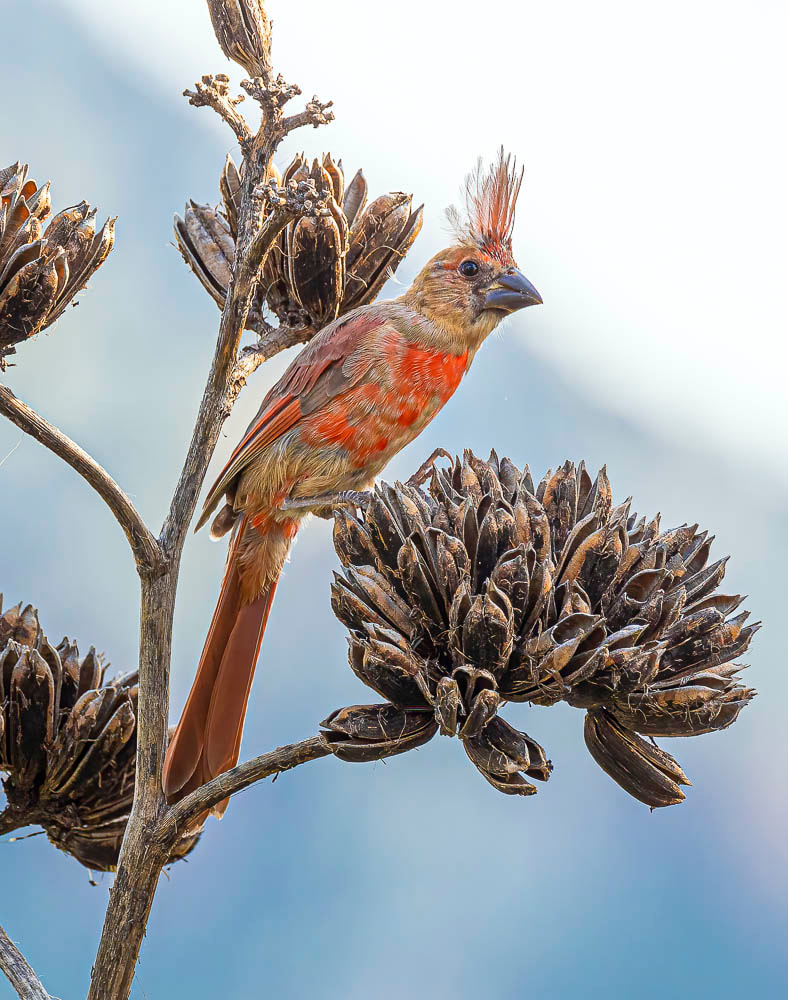
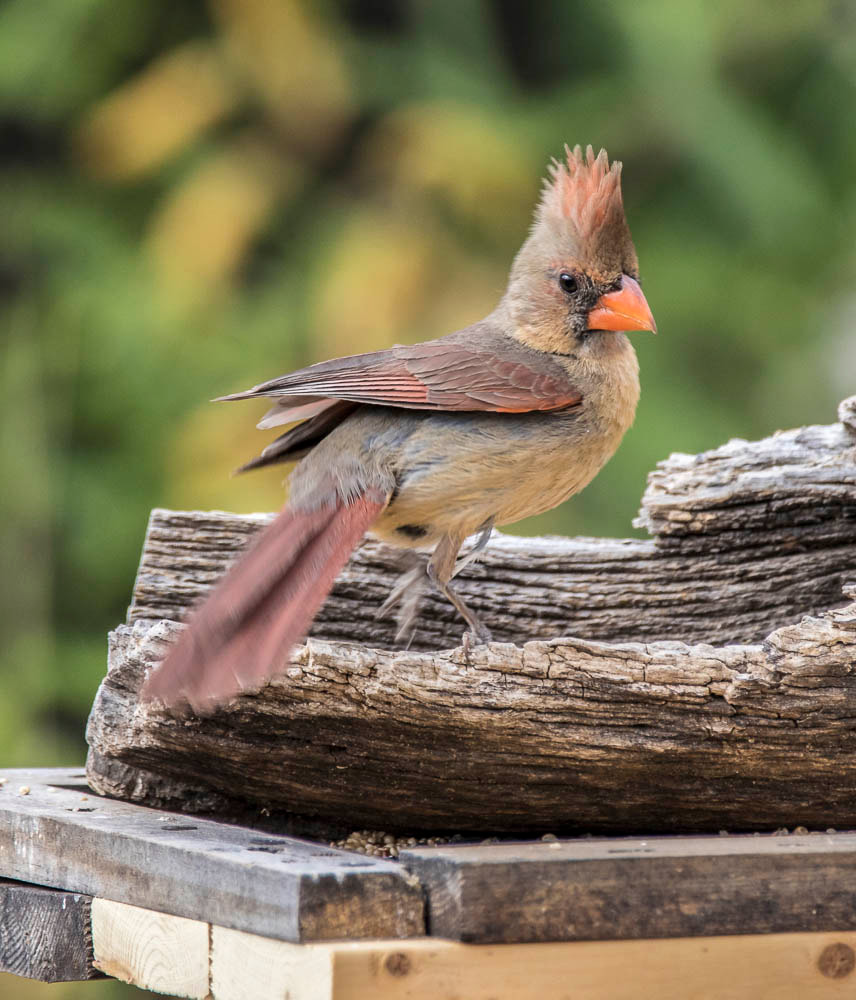


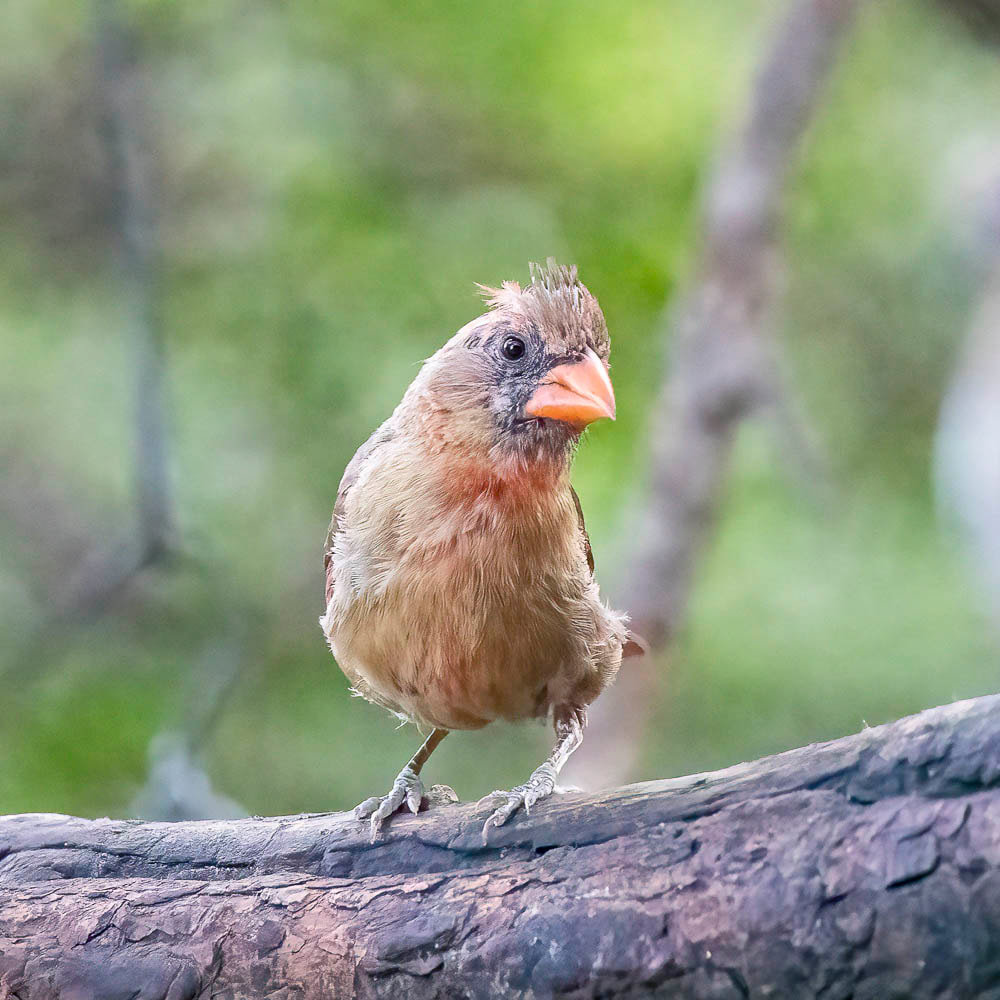
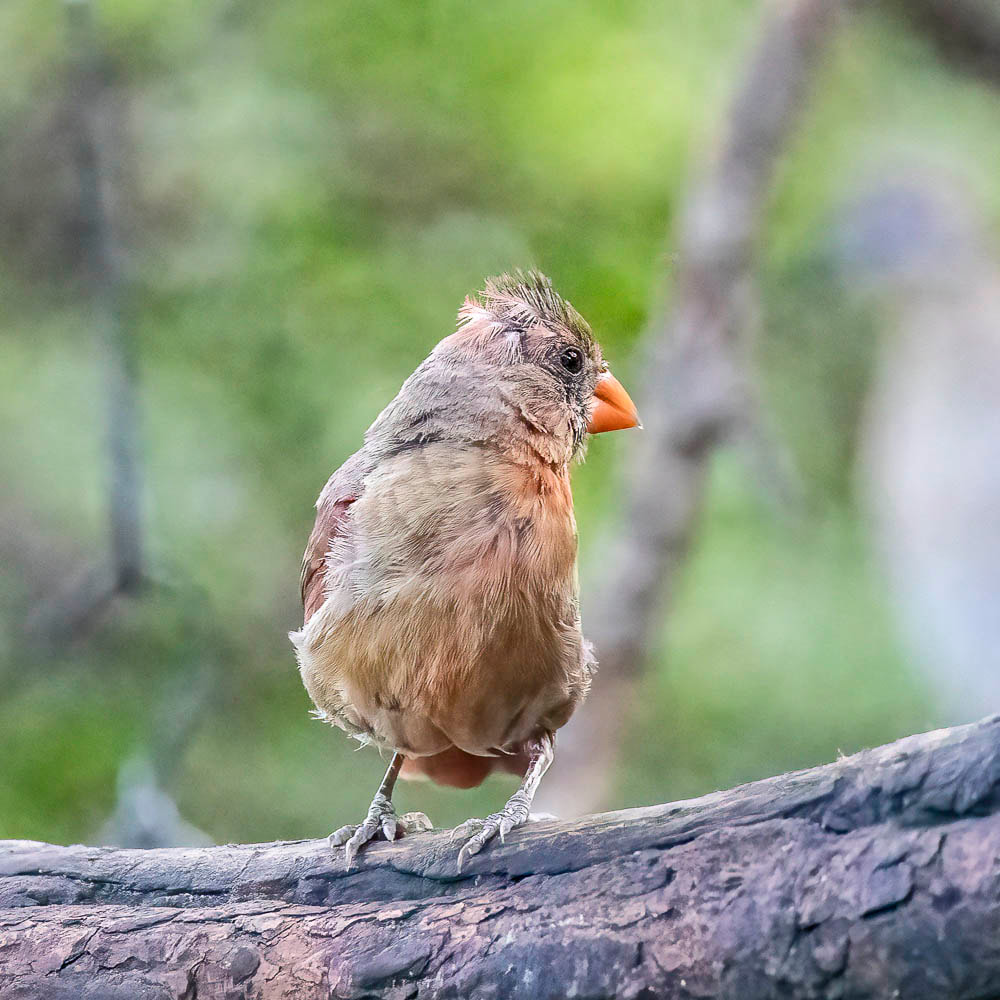
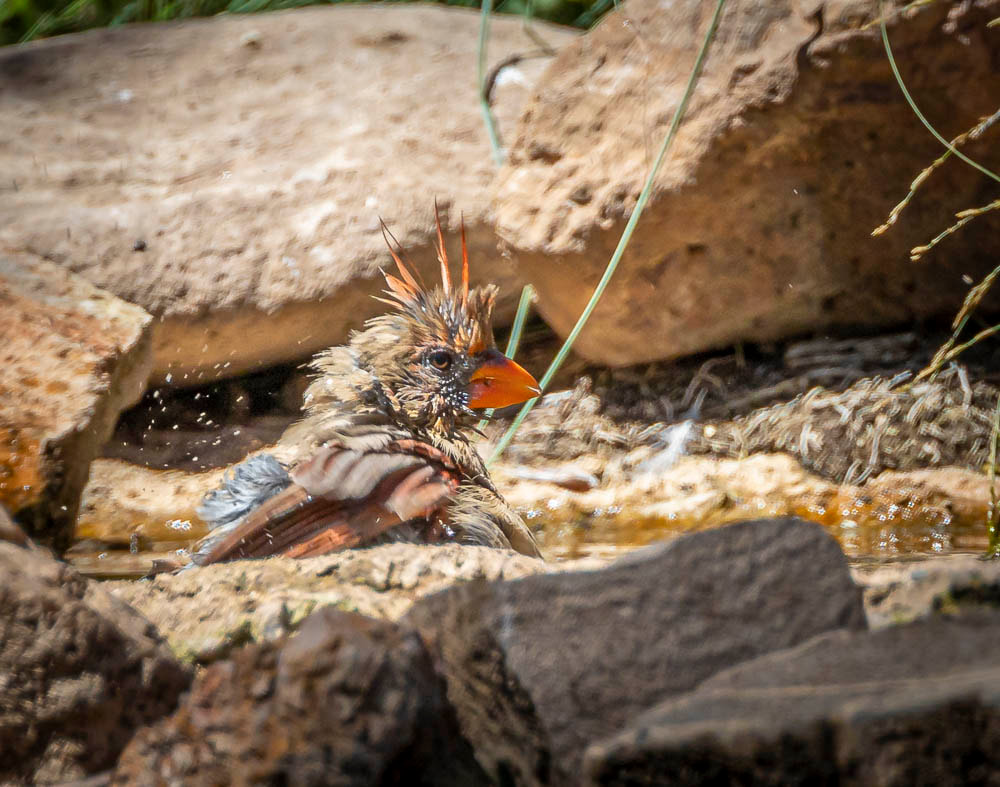

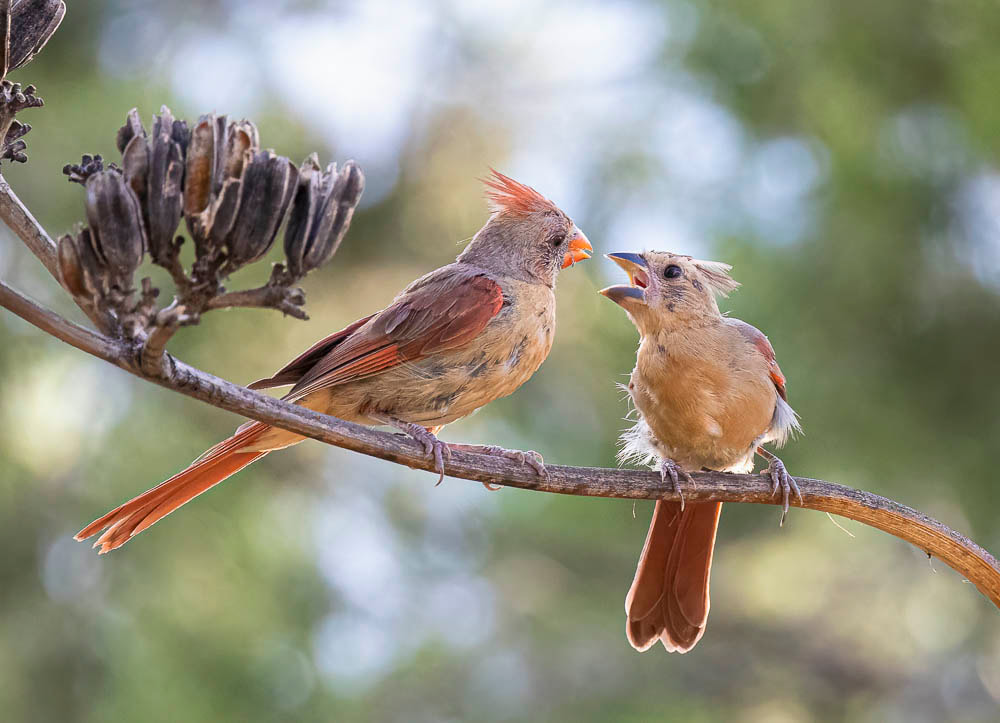
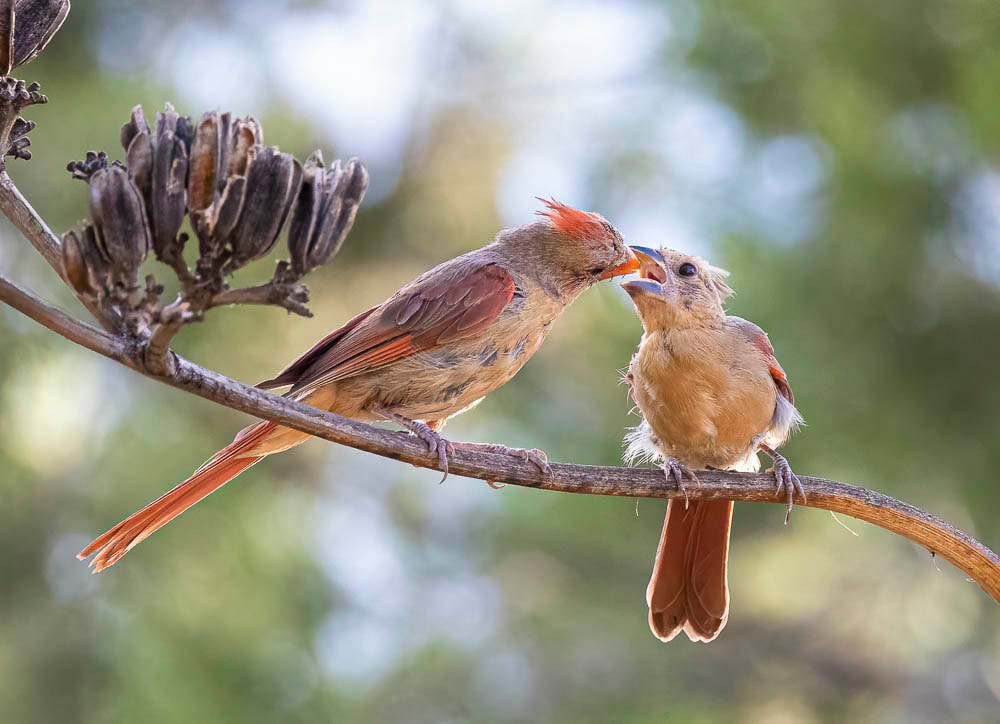
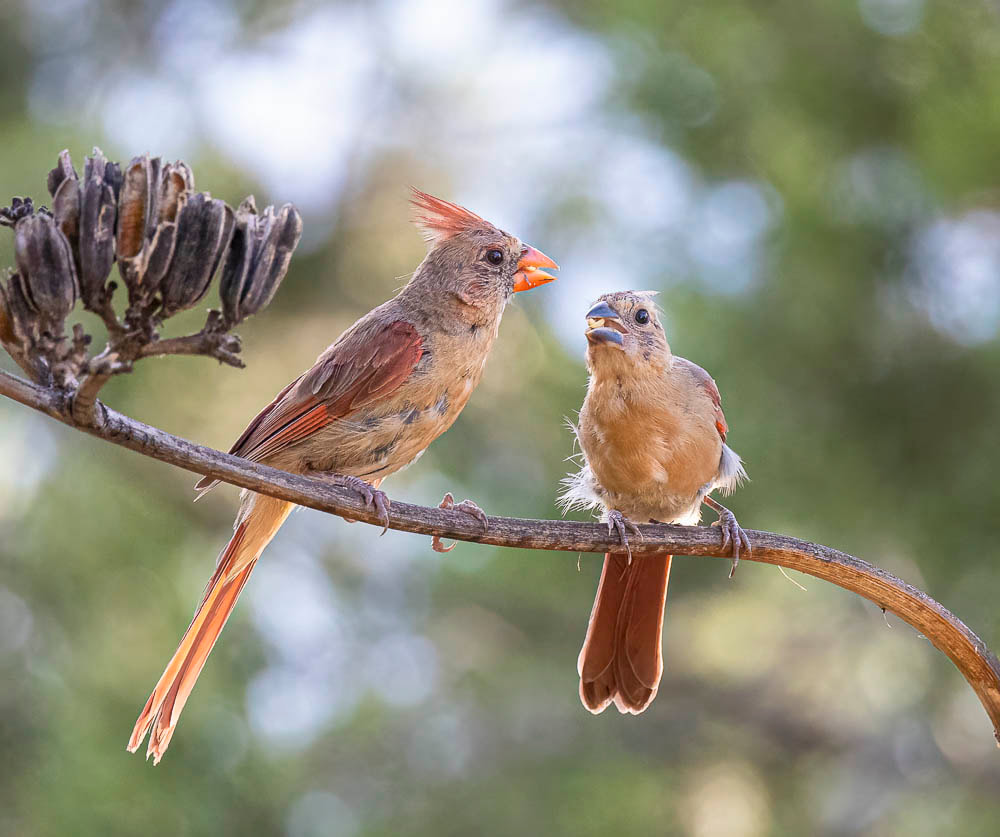
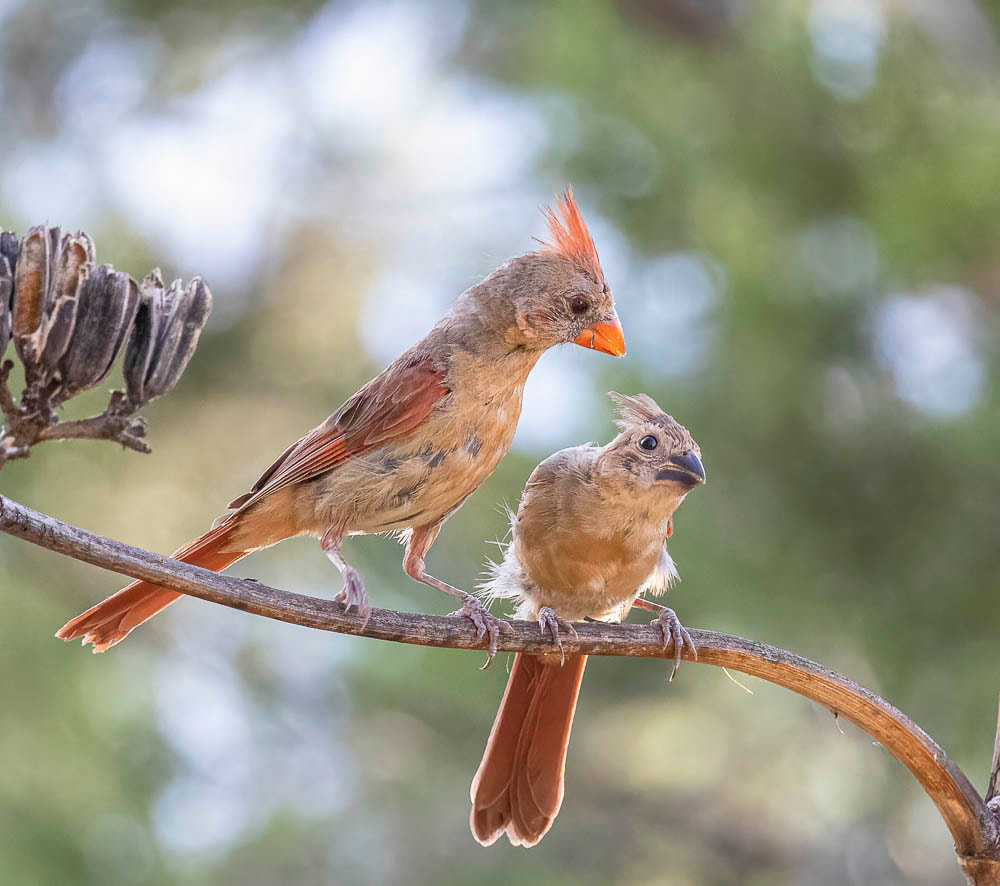
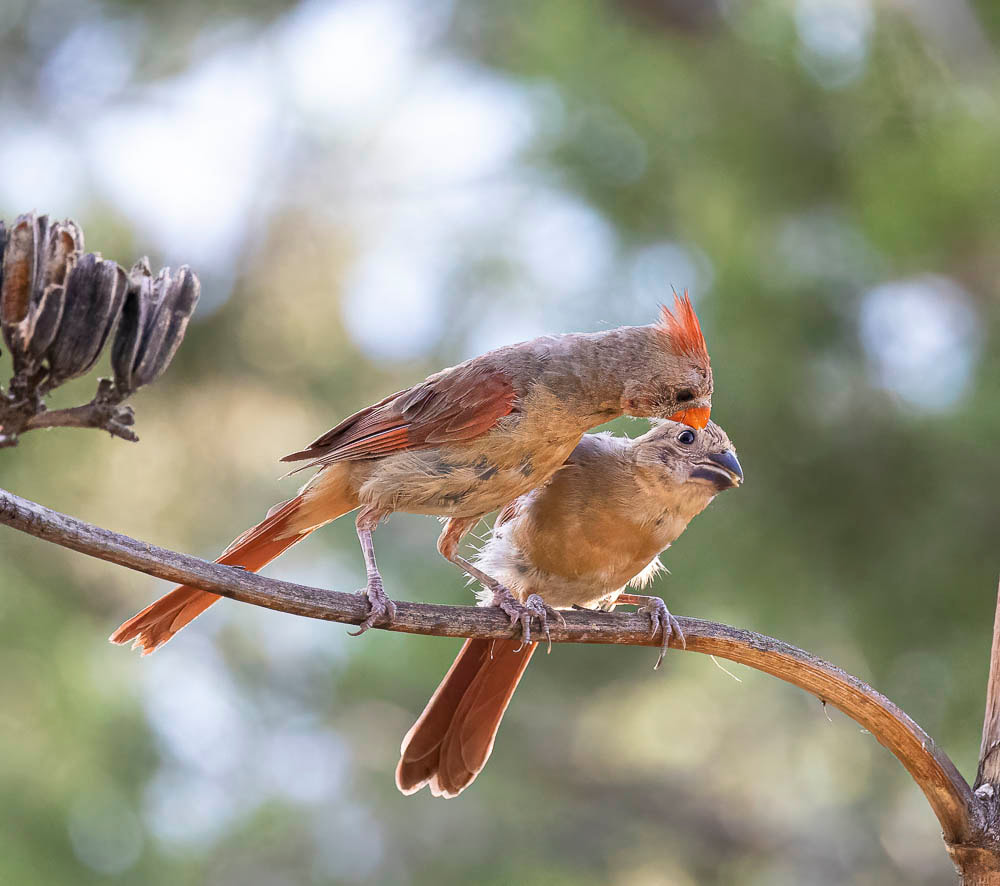
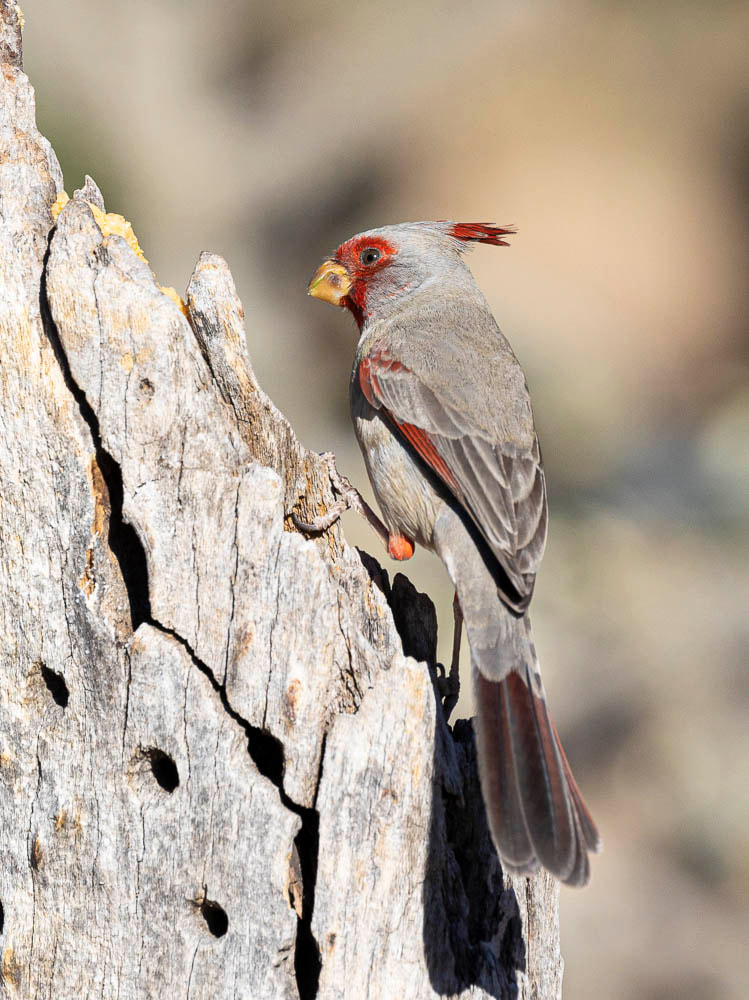
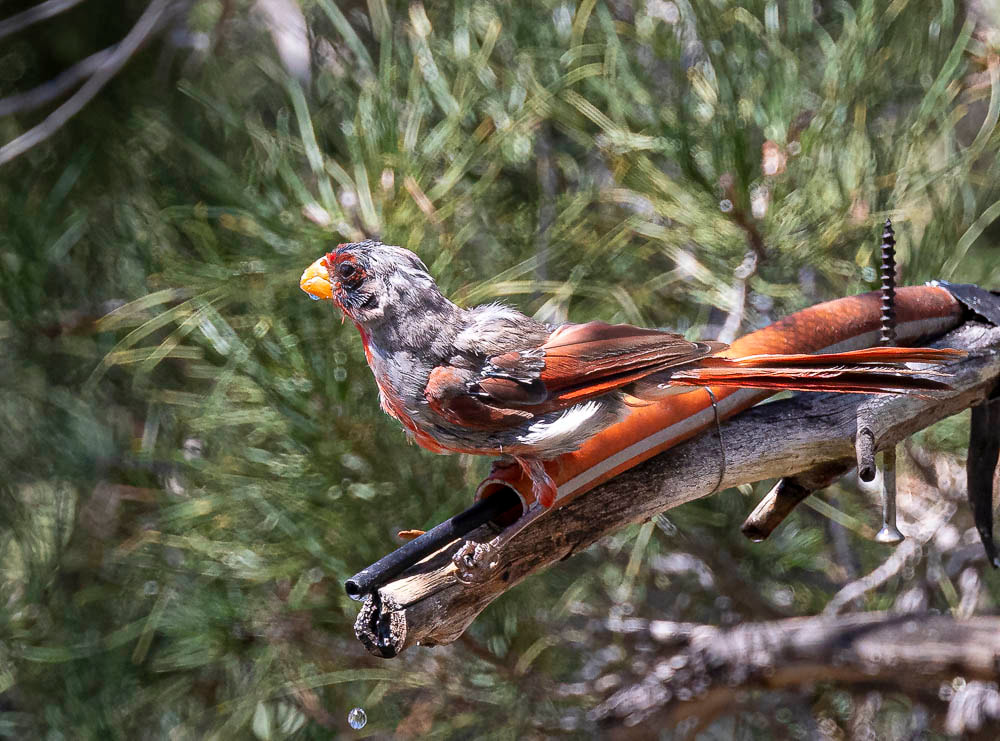
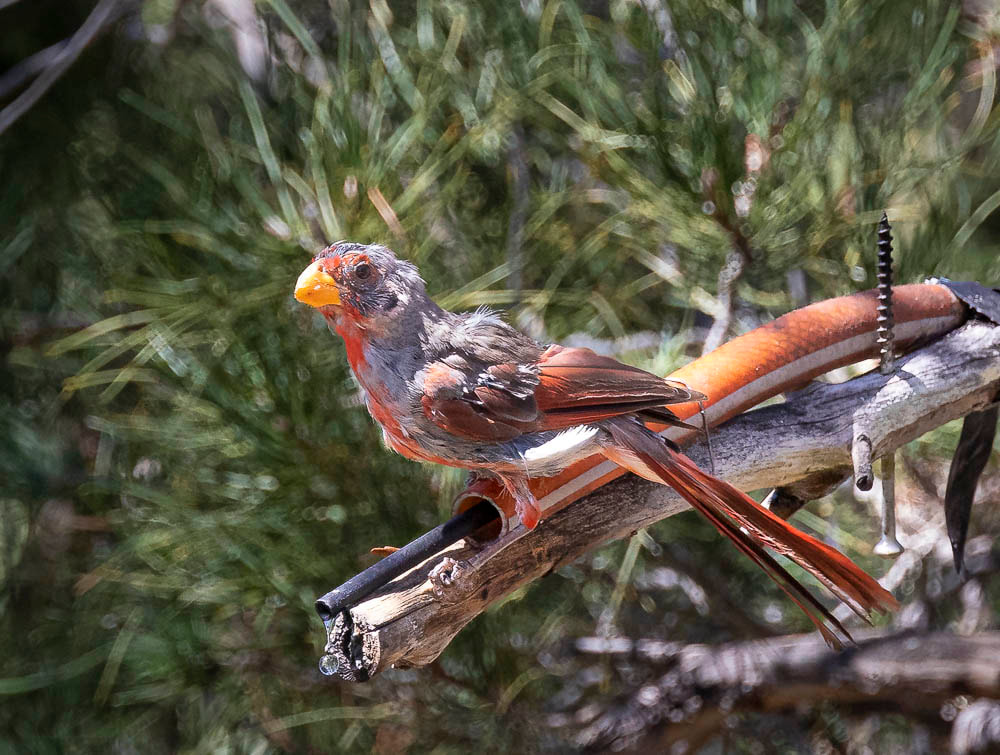
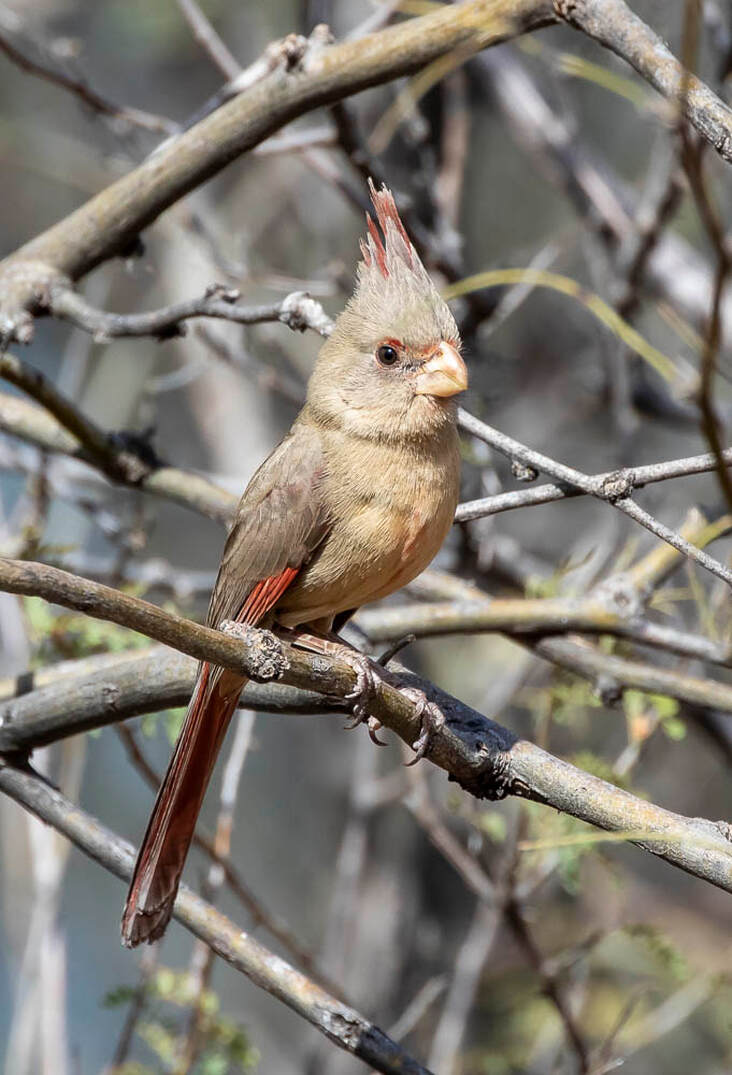
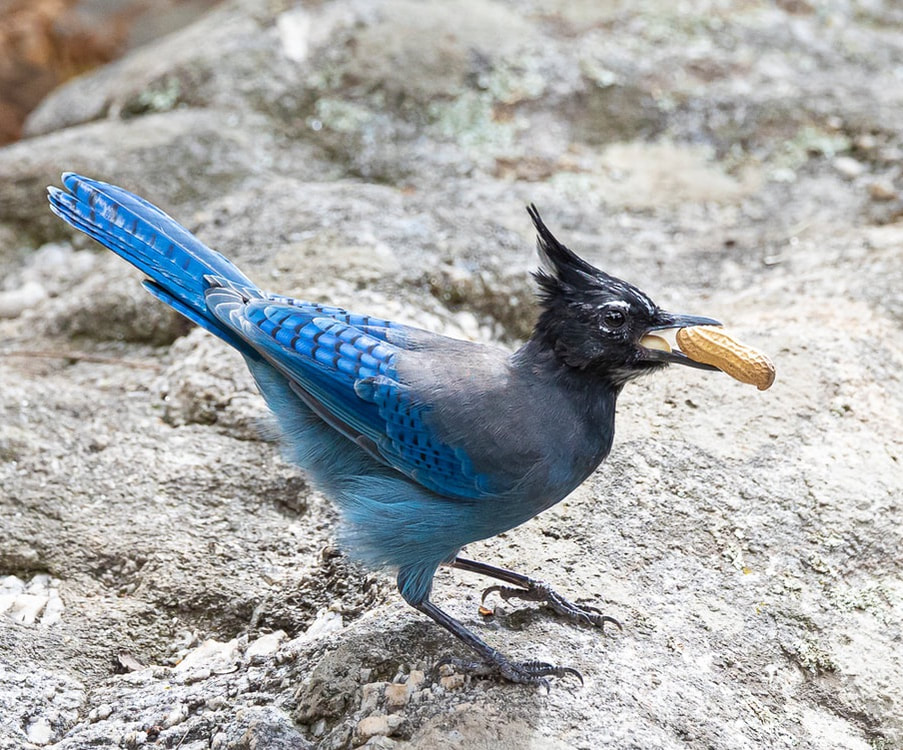
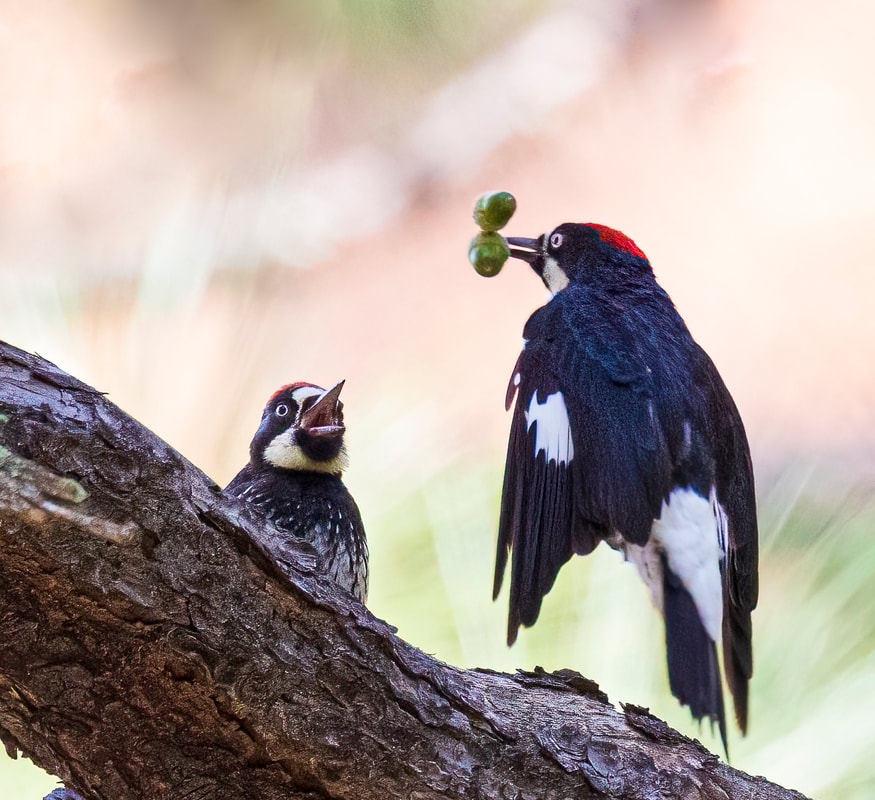
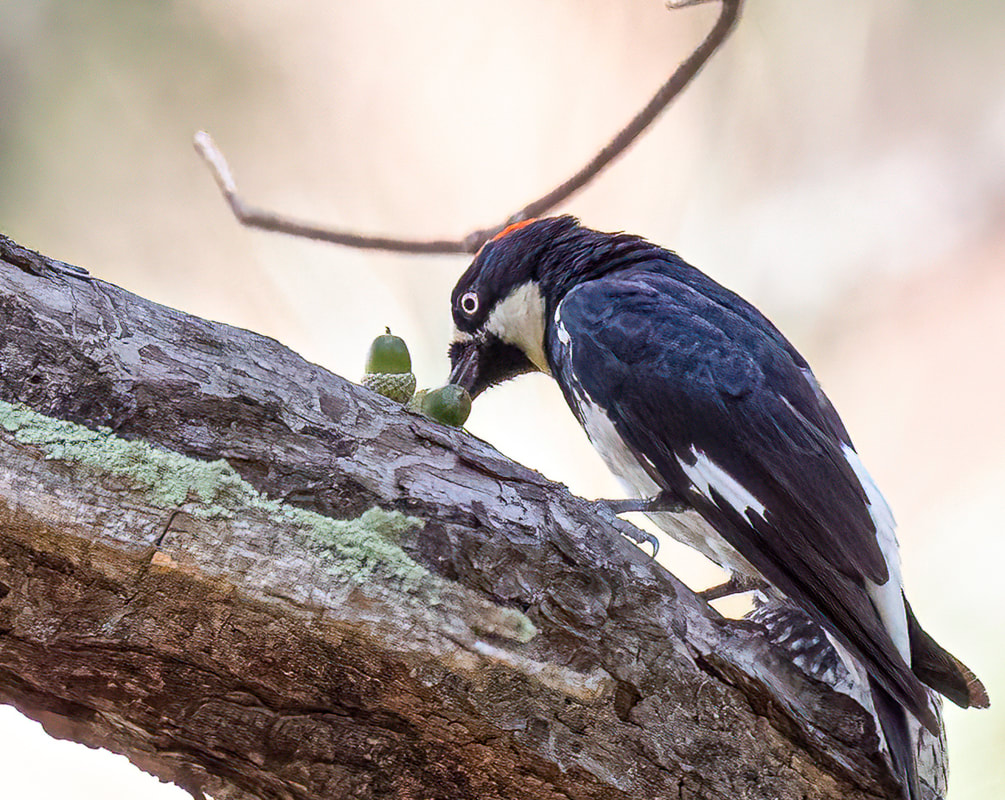
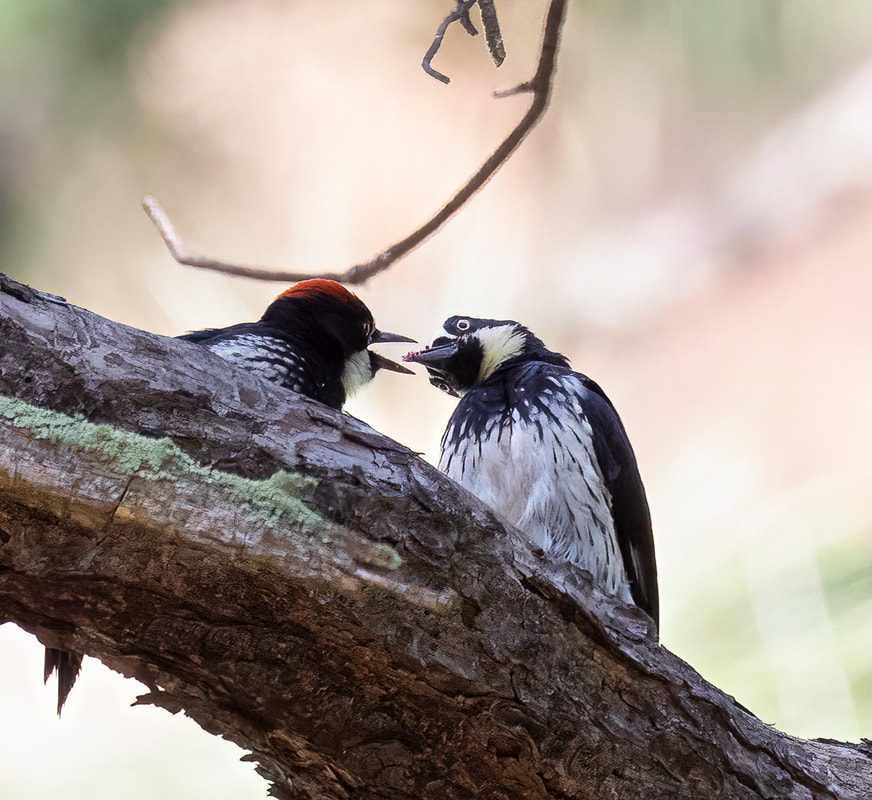
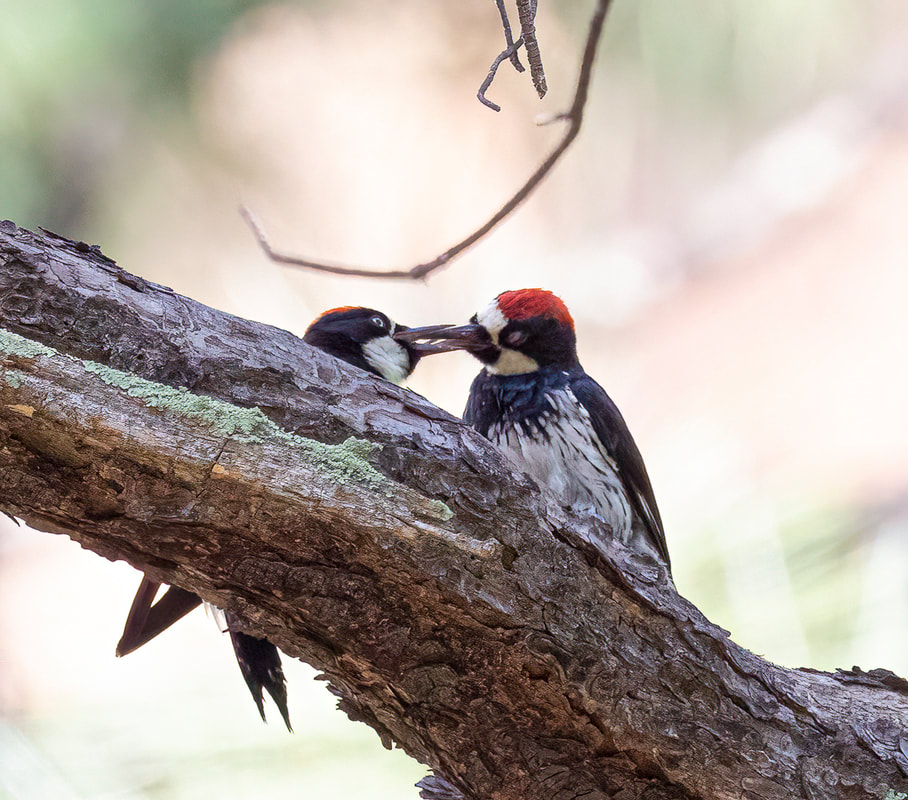
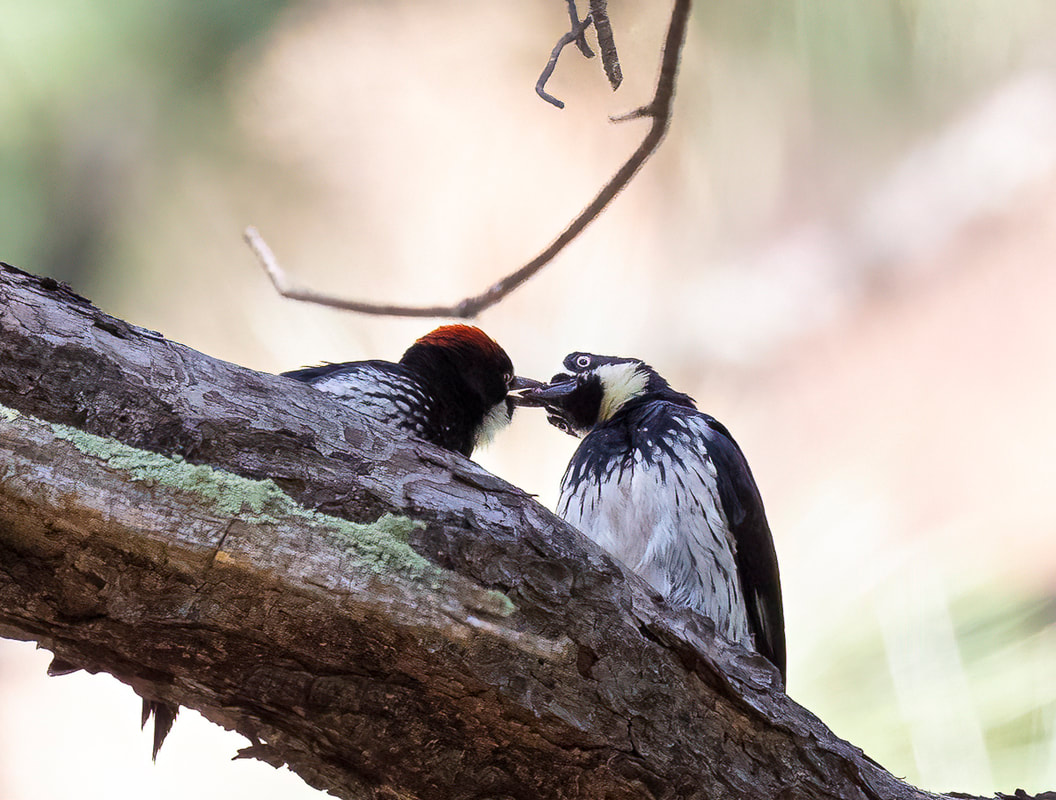
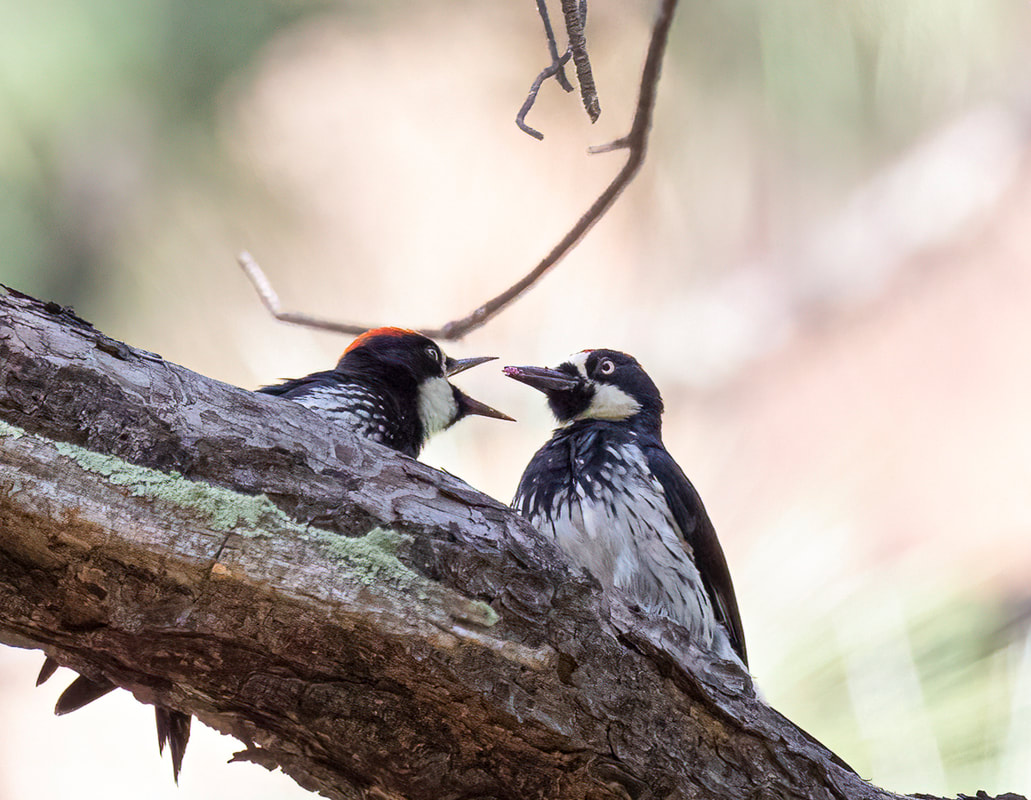
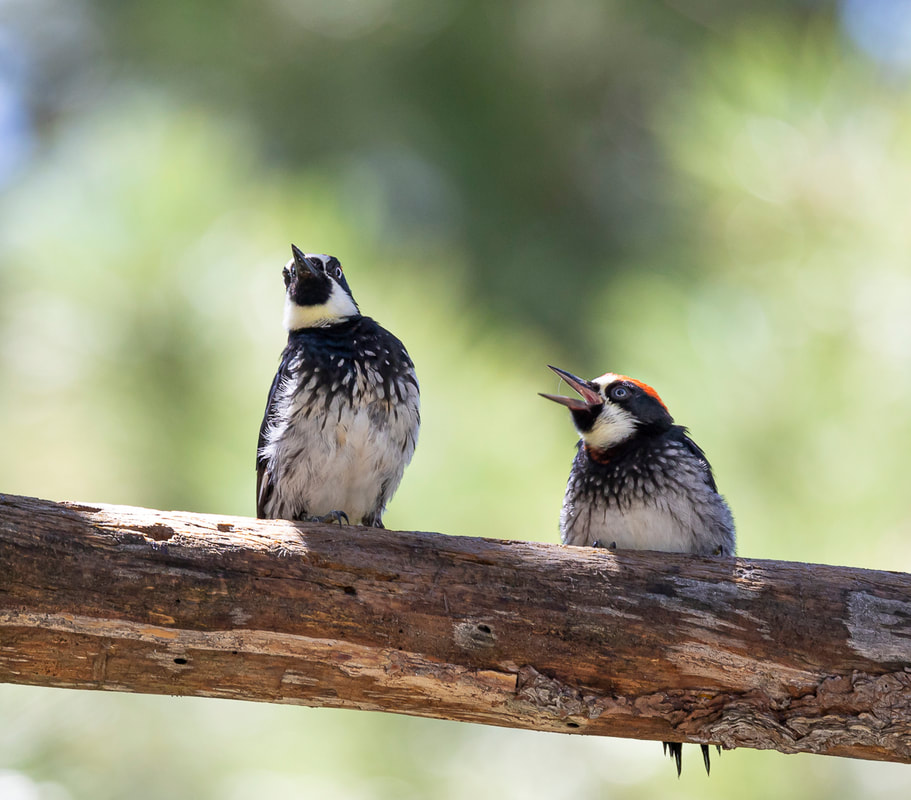
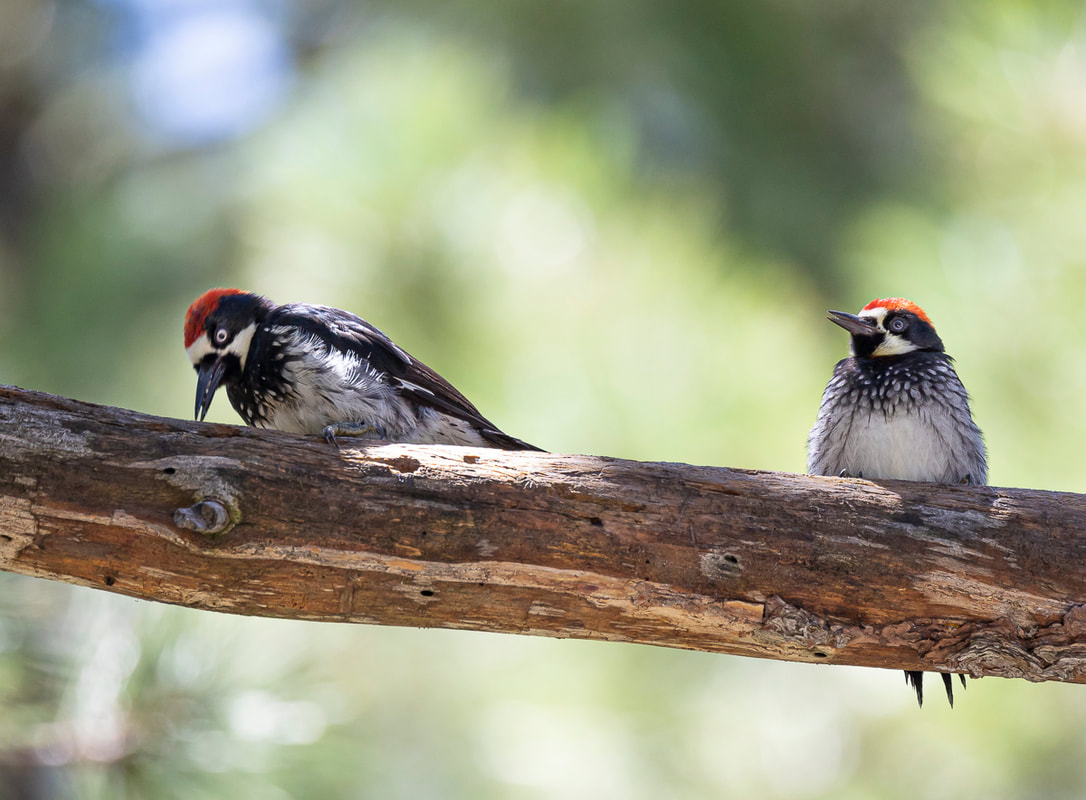
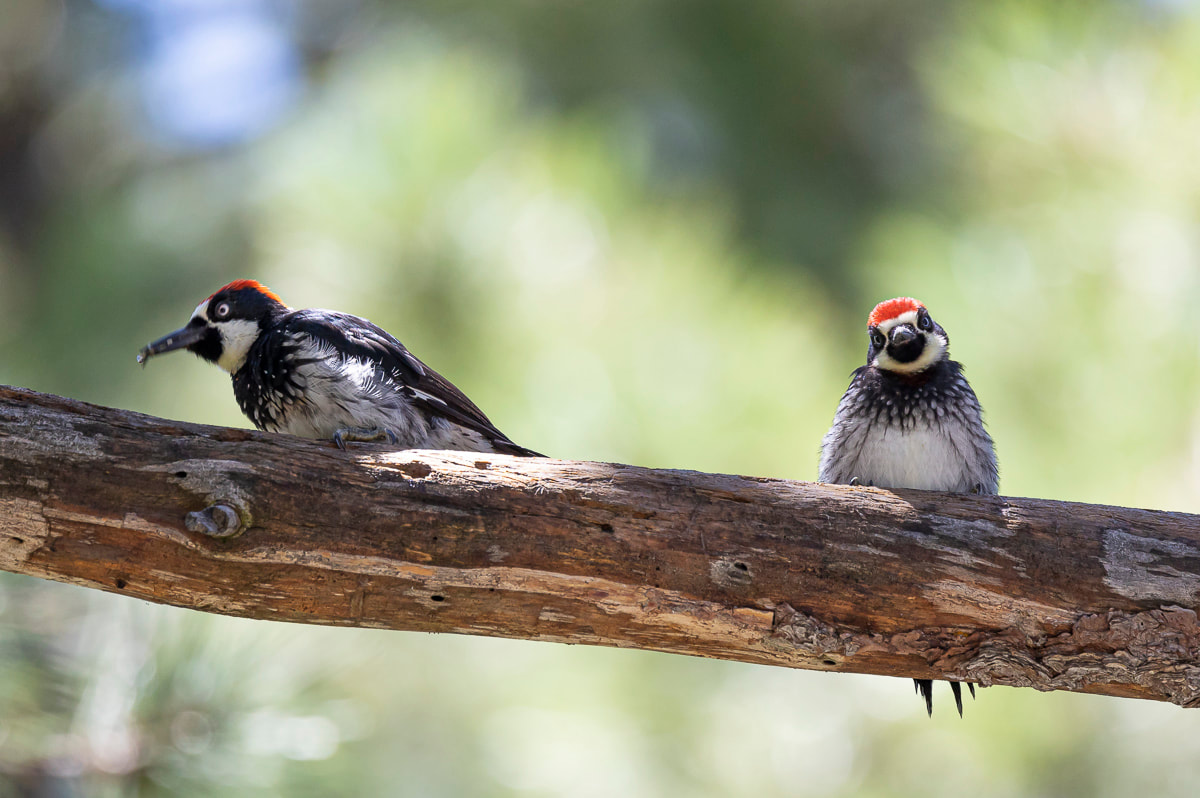
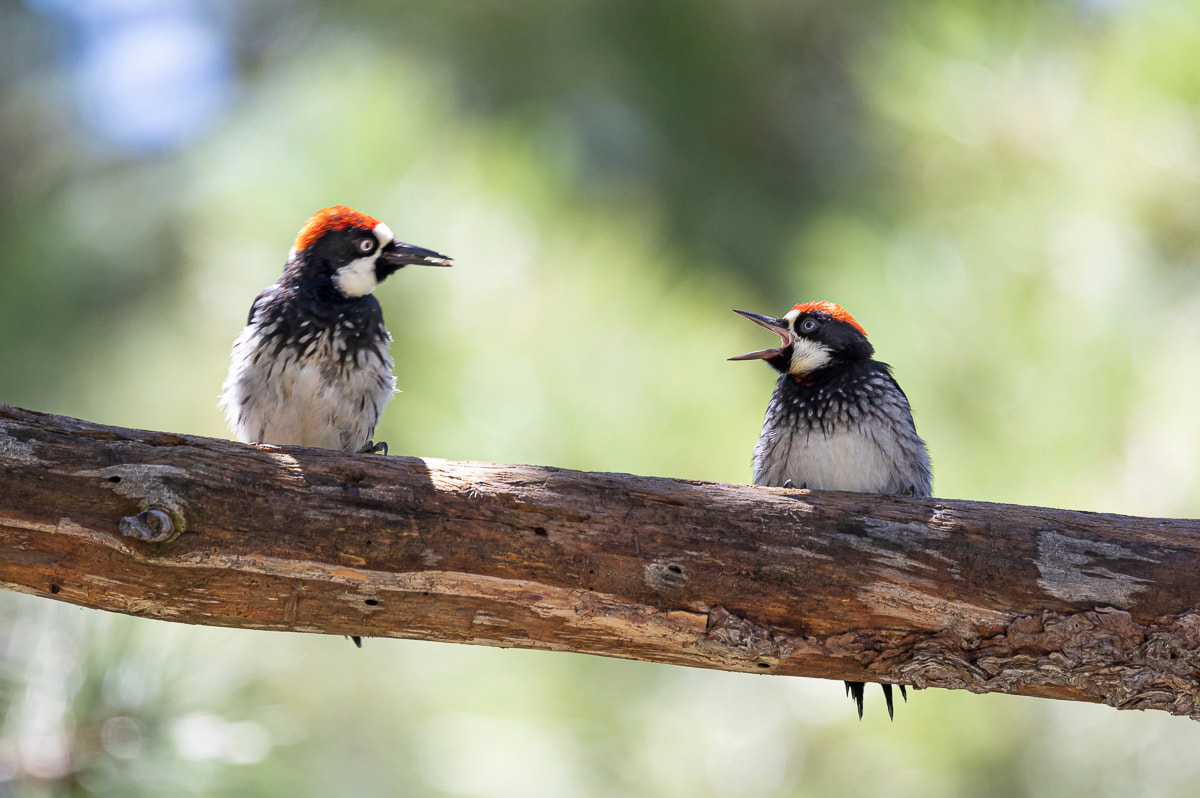
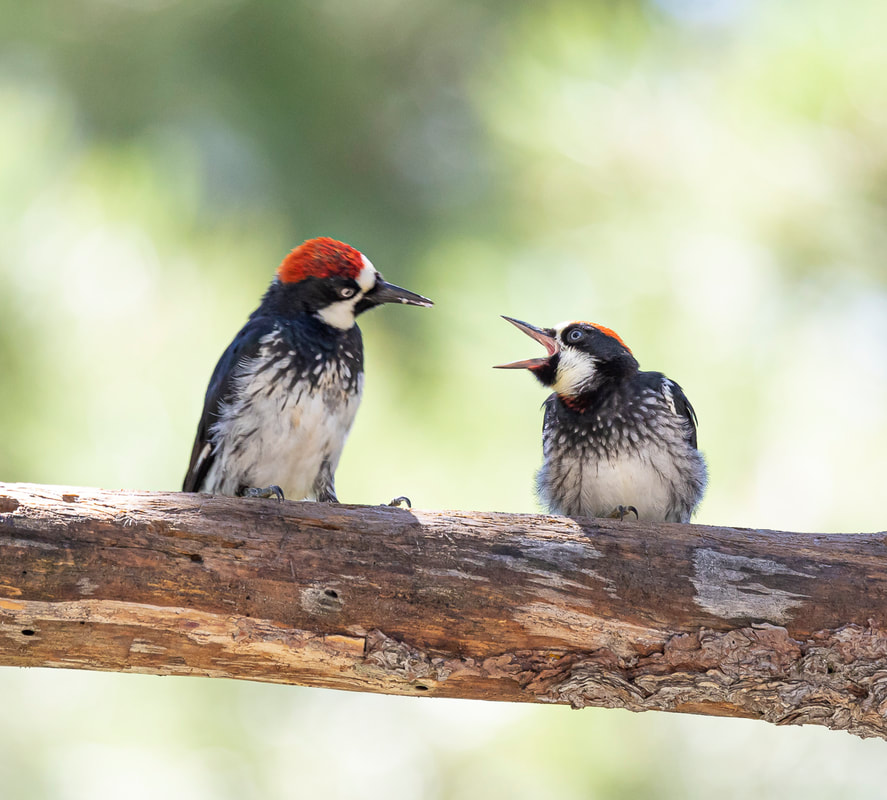
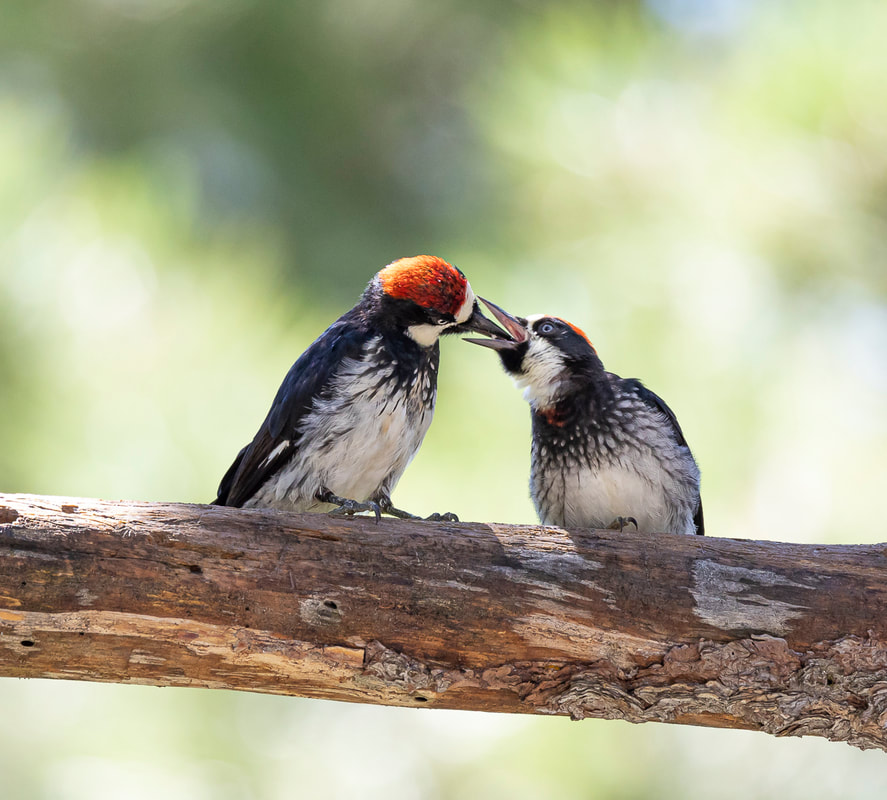
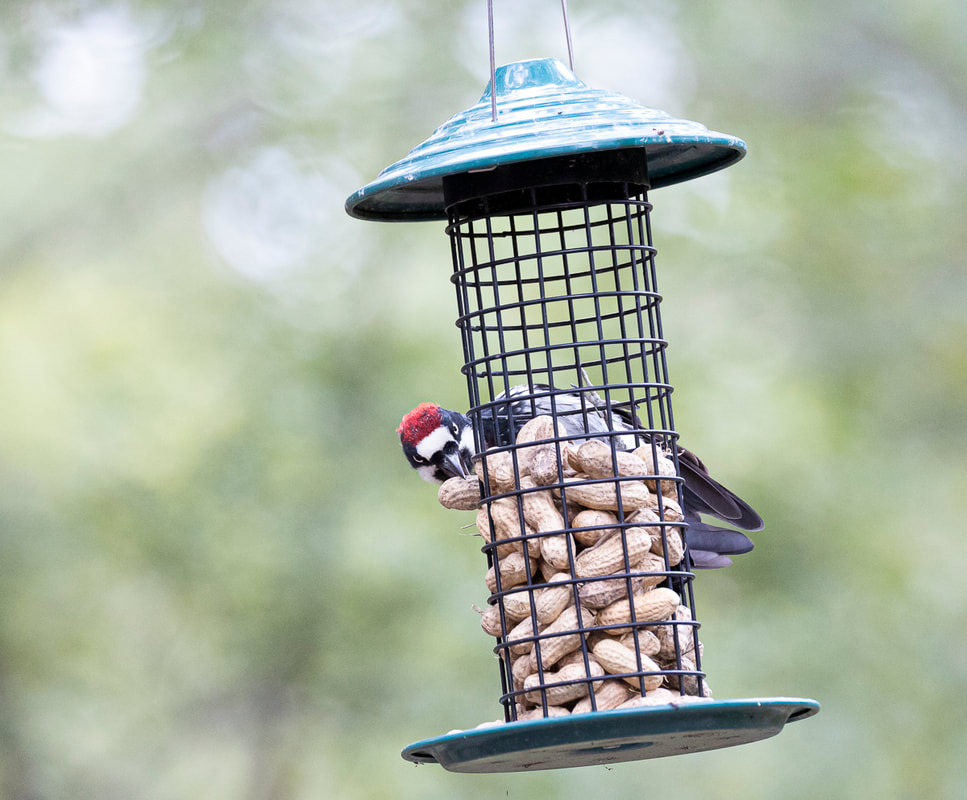
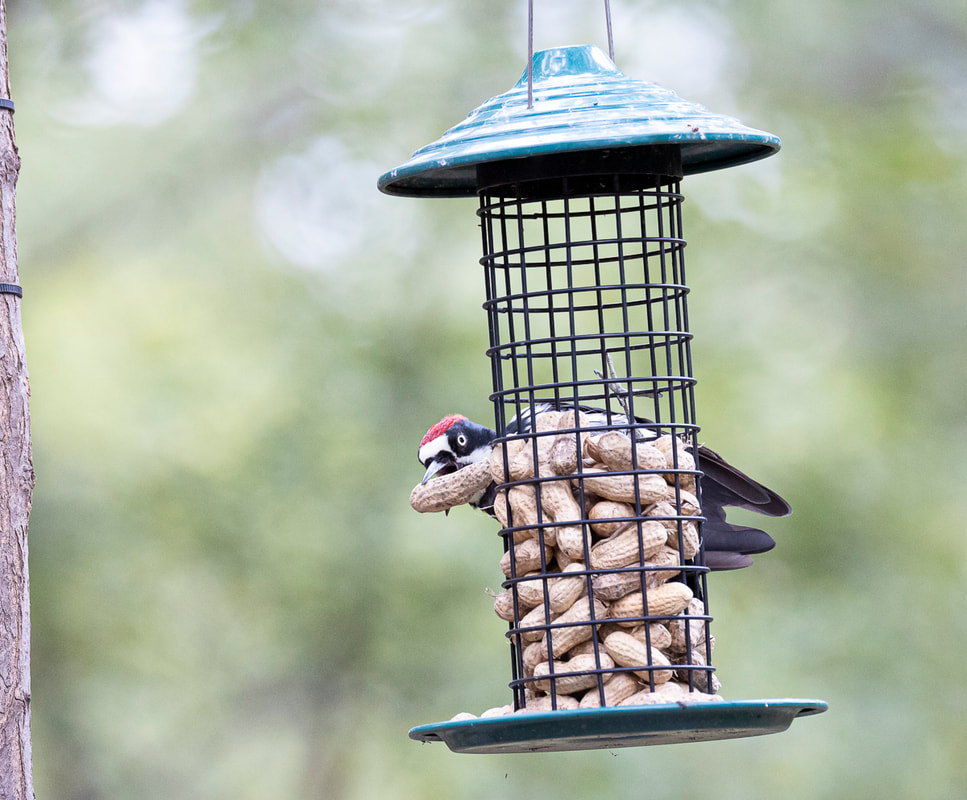

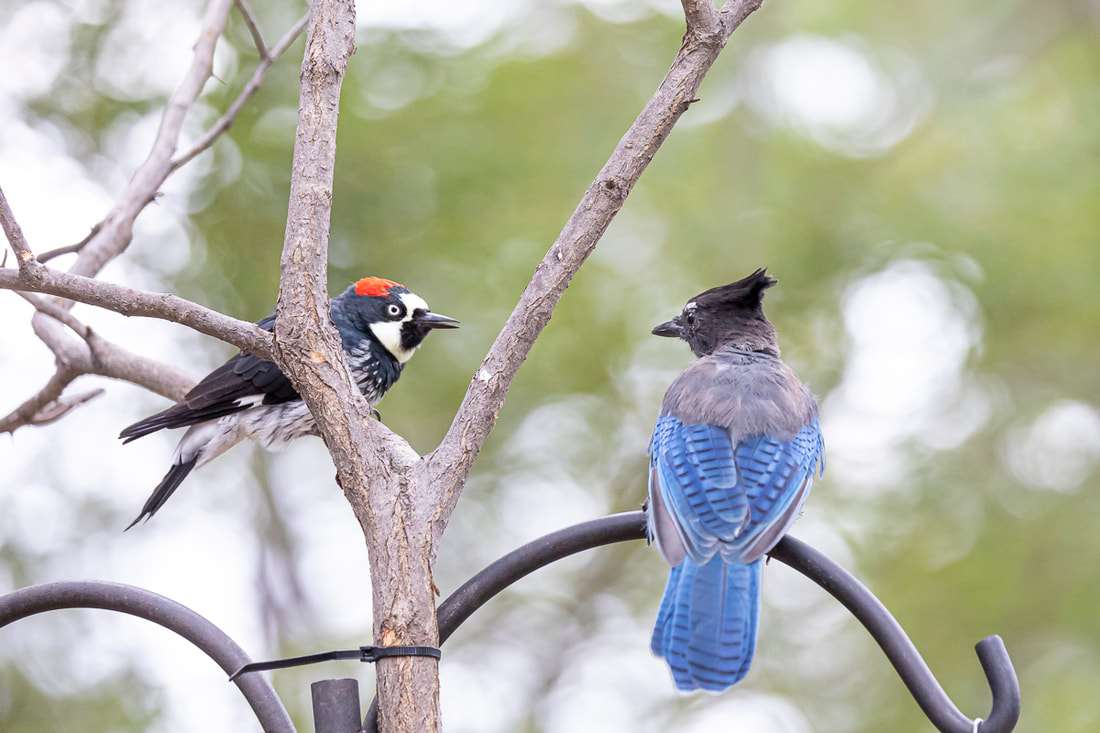
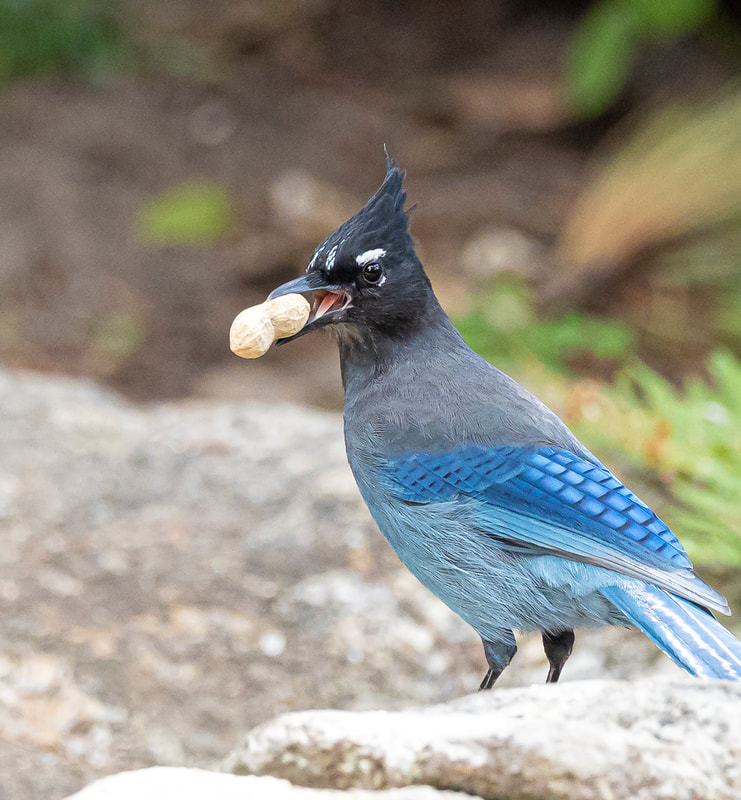
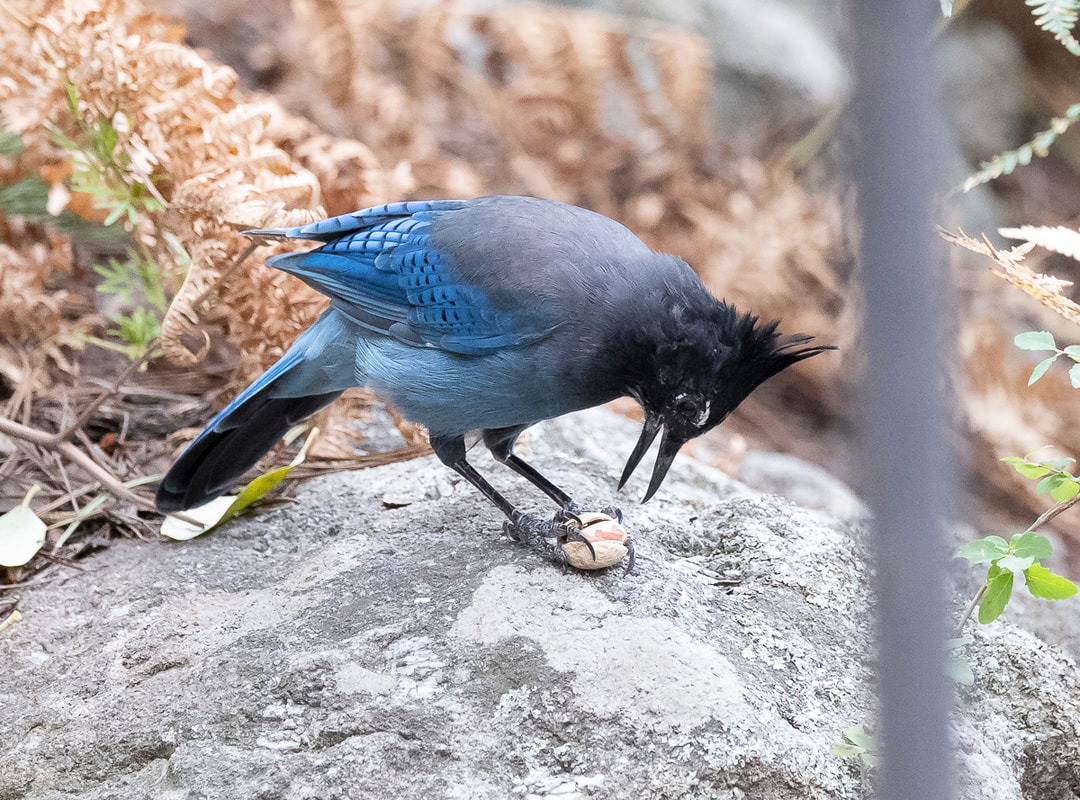
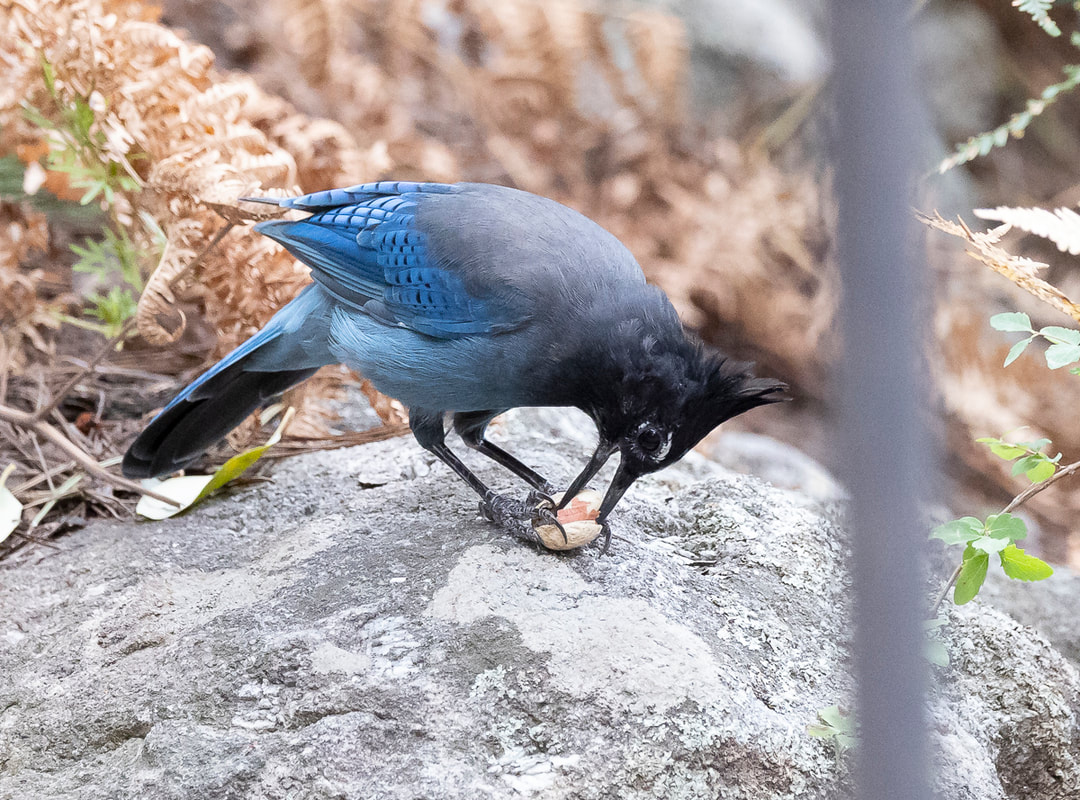
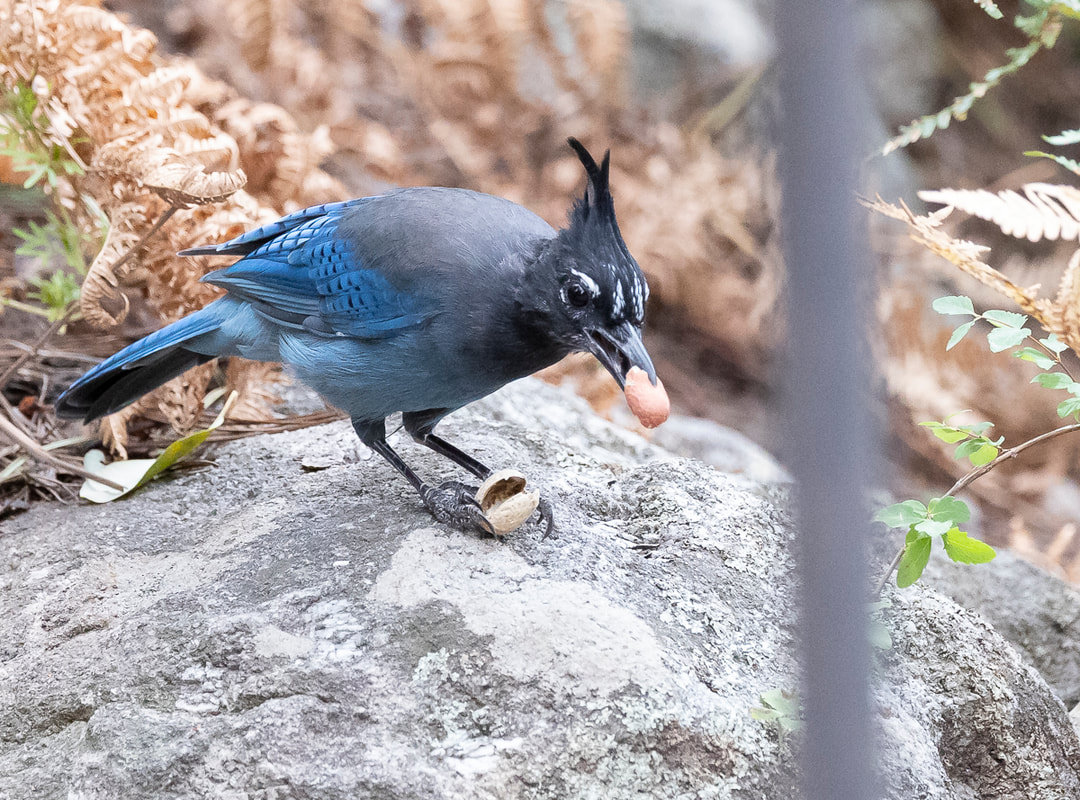
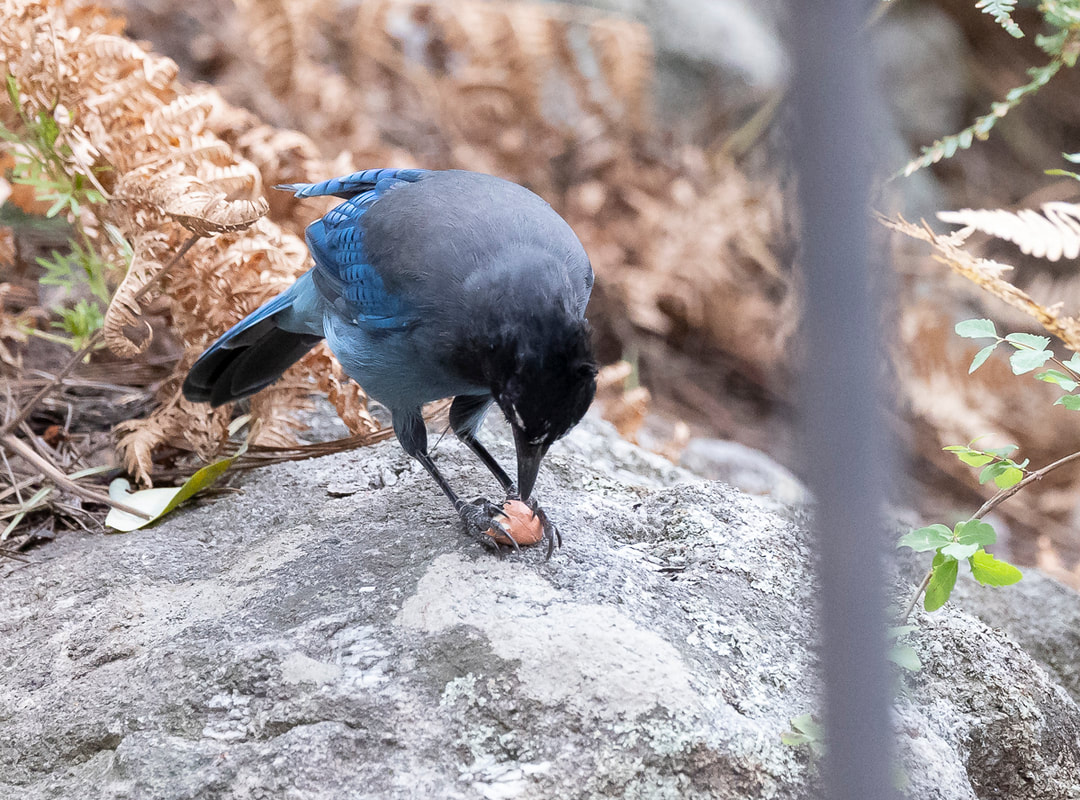
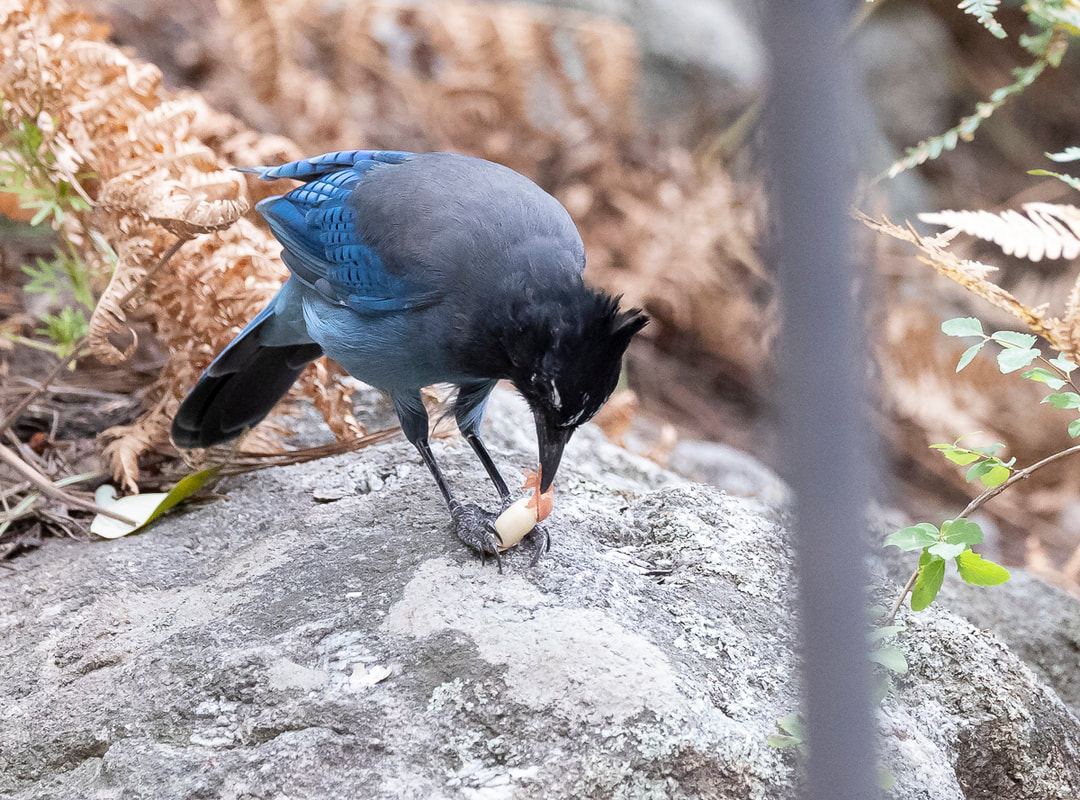


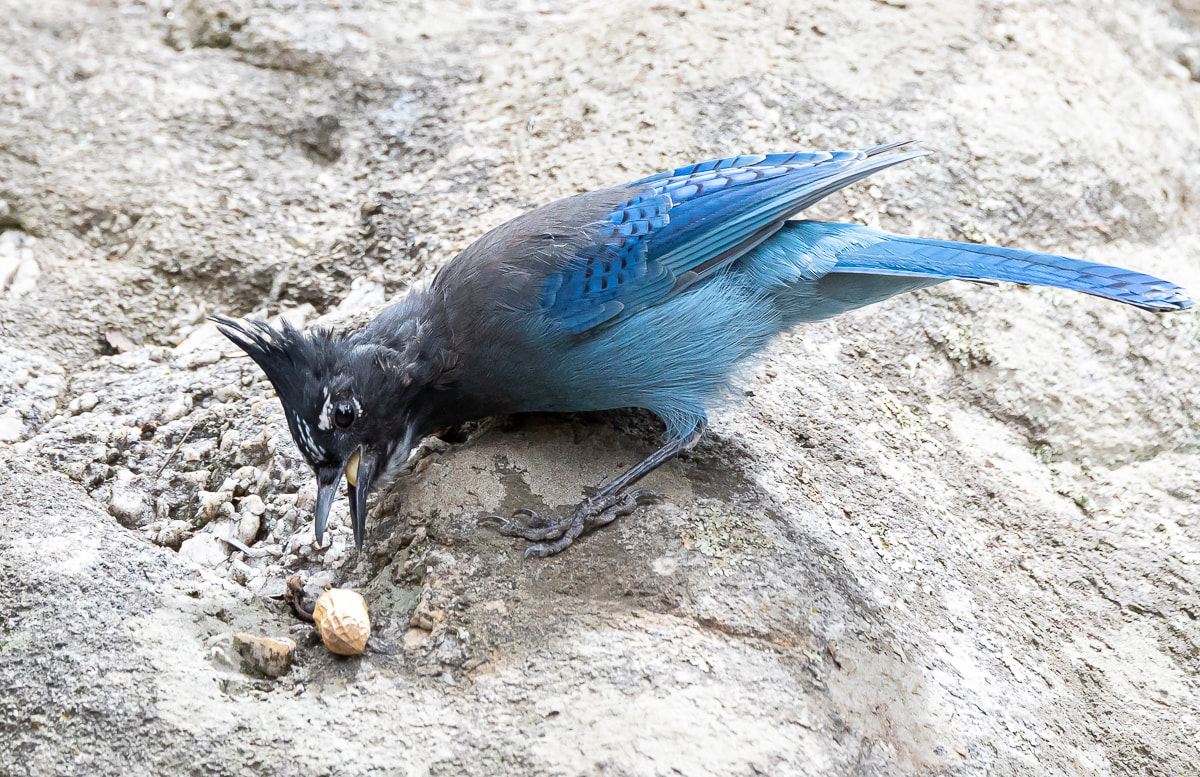

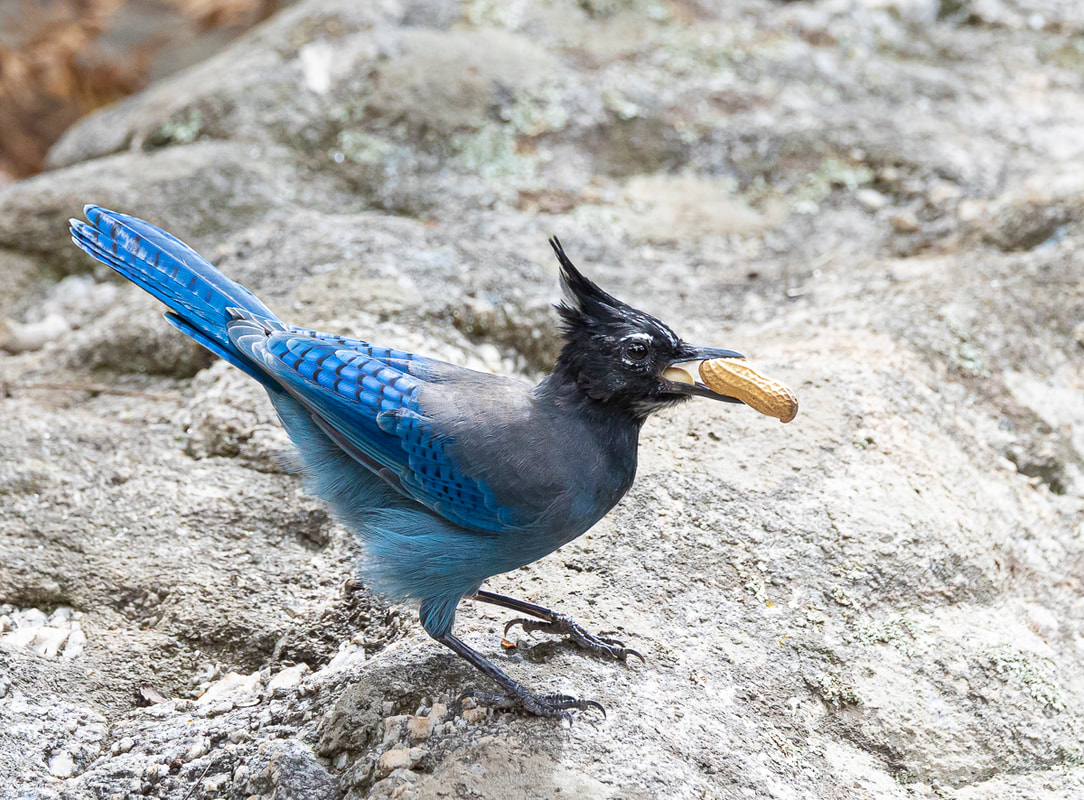
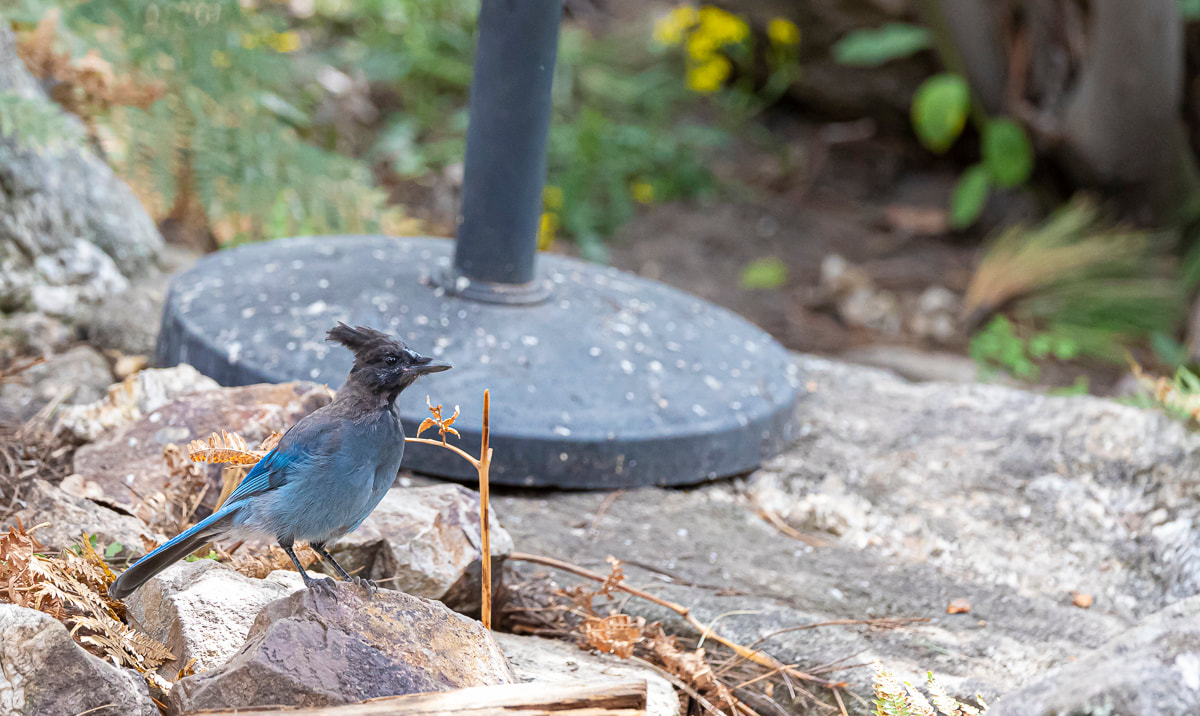
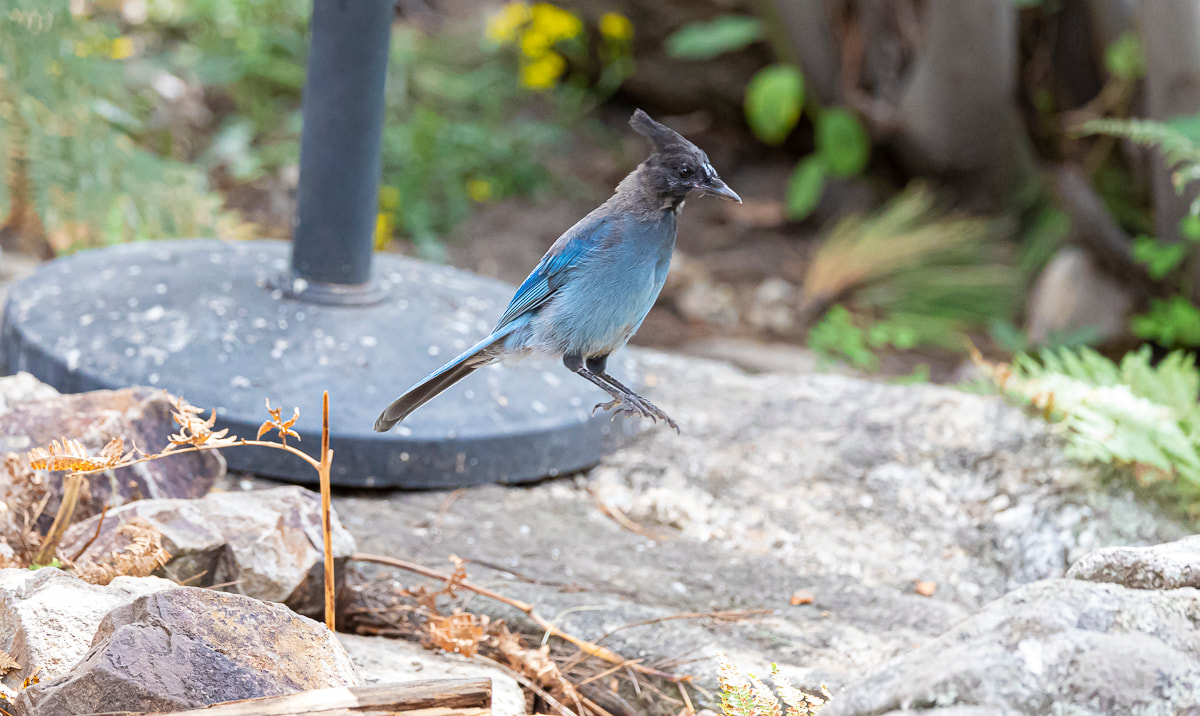
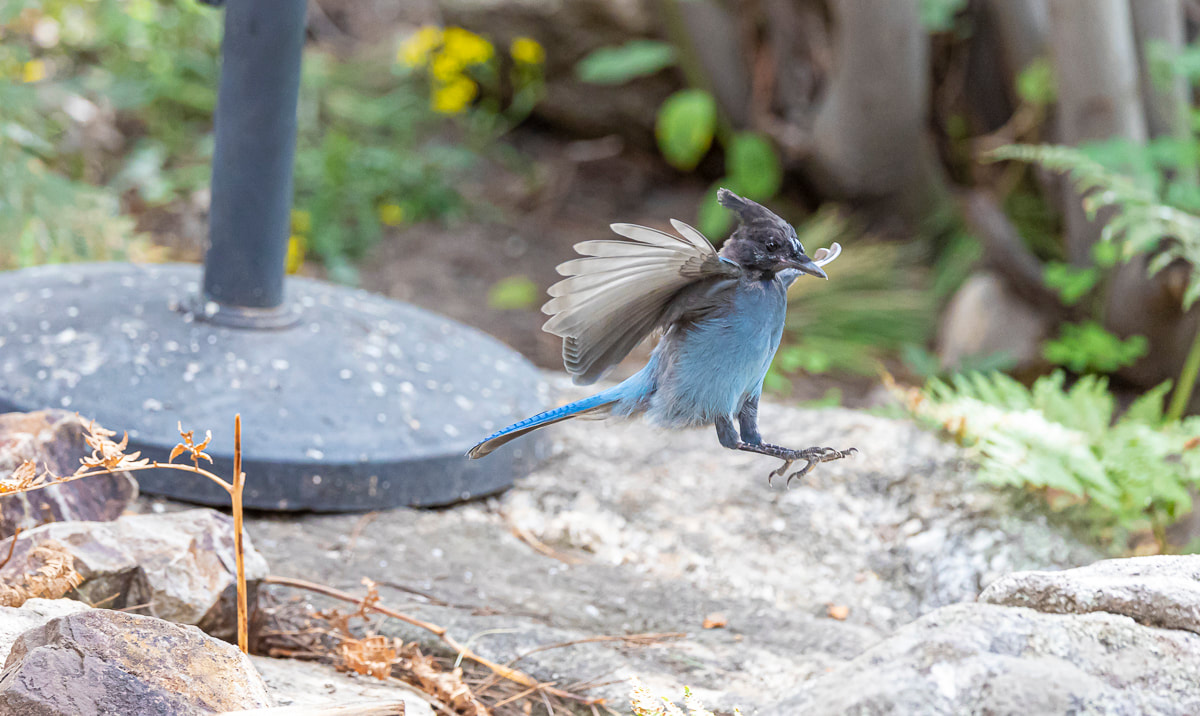

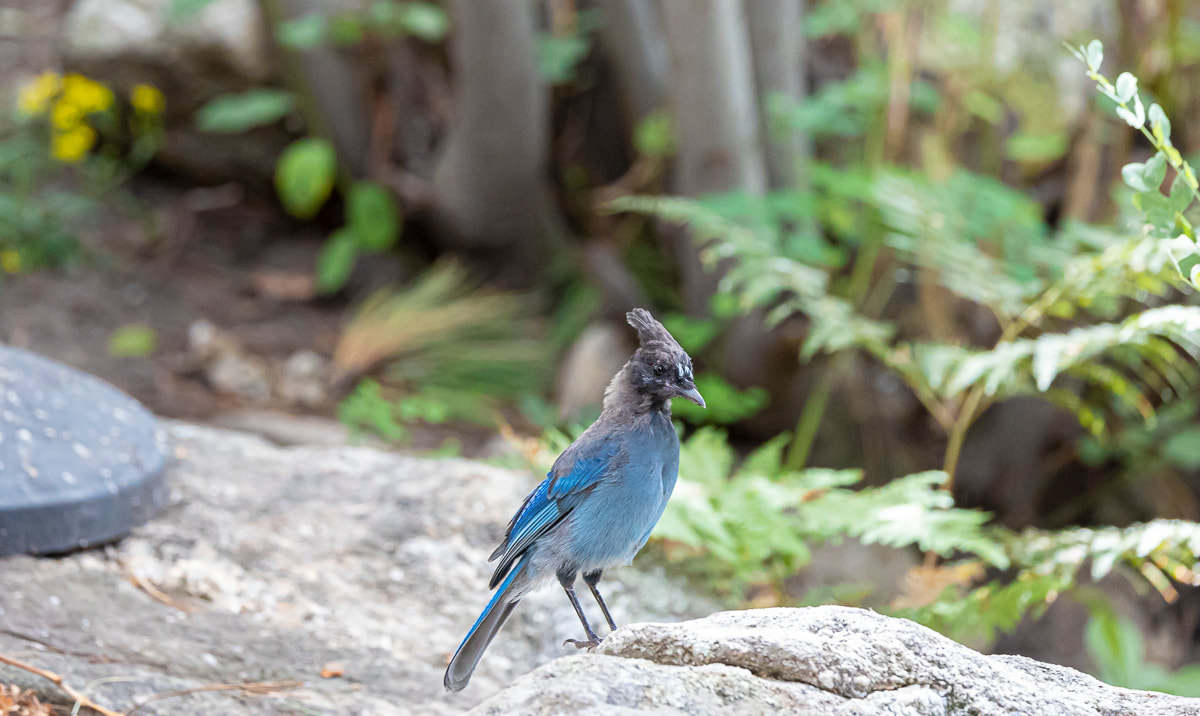
 RSS Feed
RSS Feed